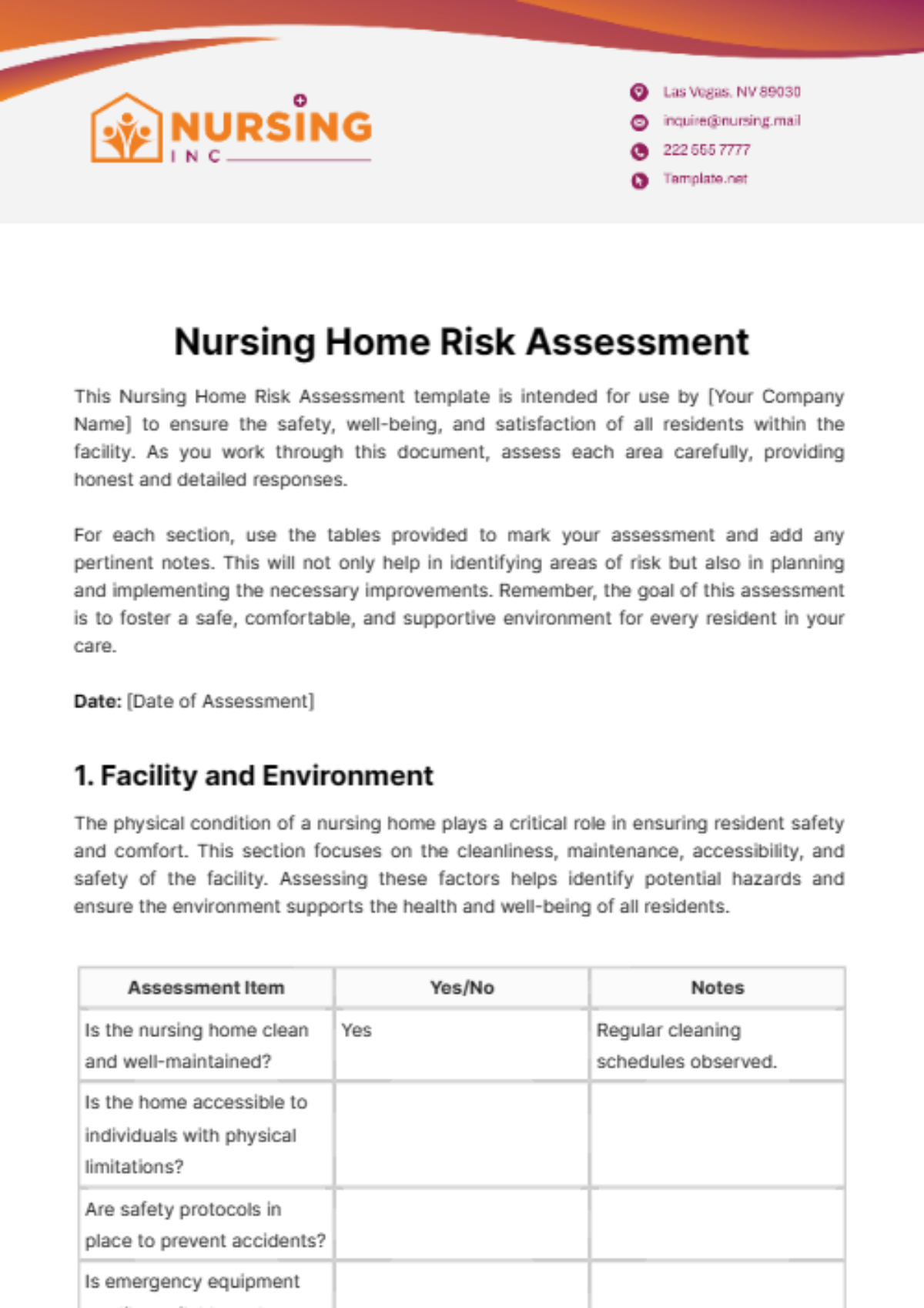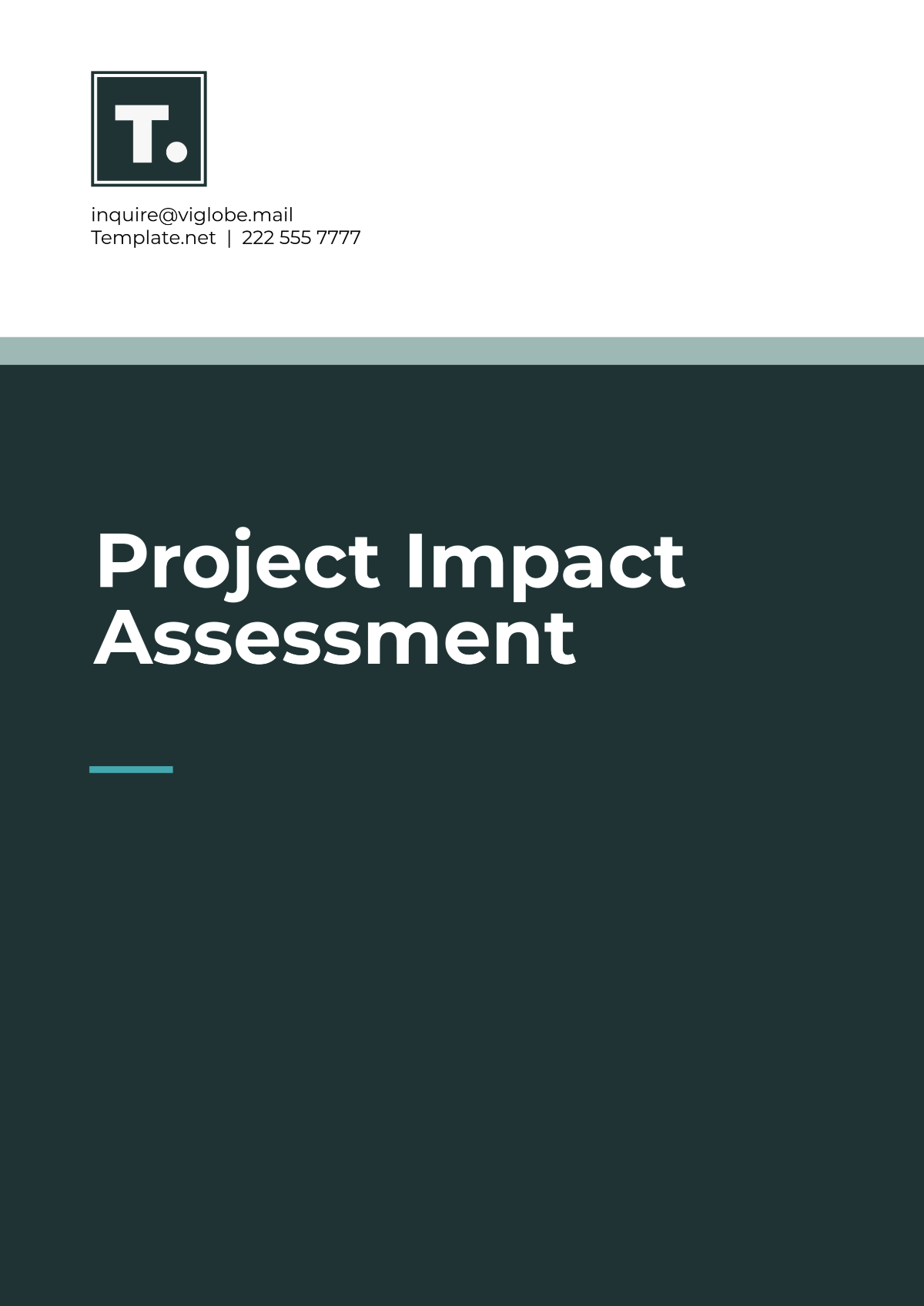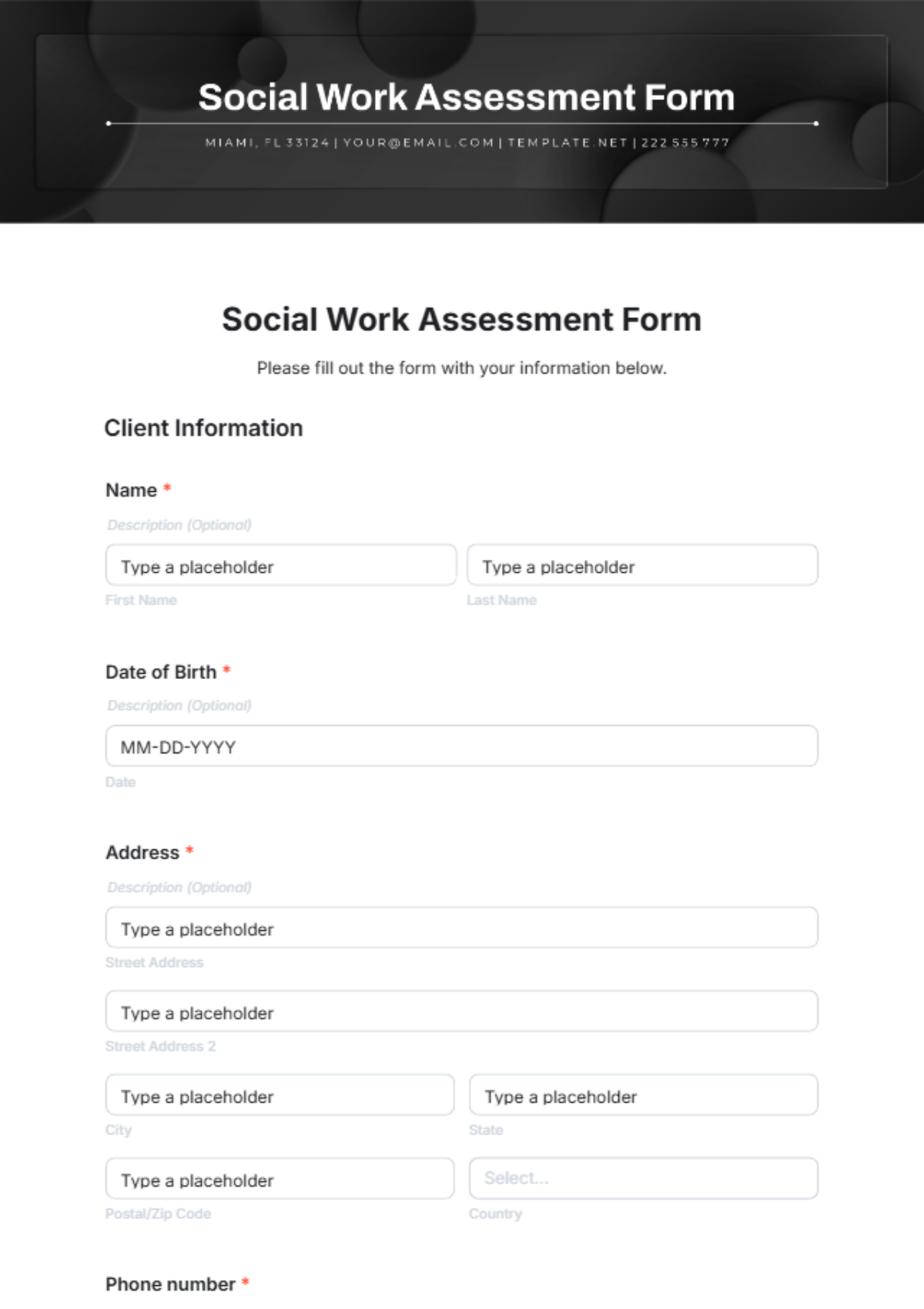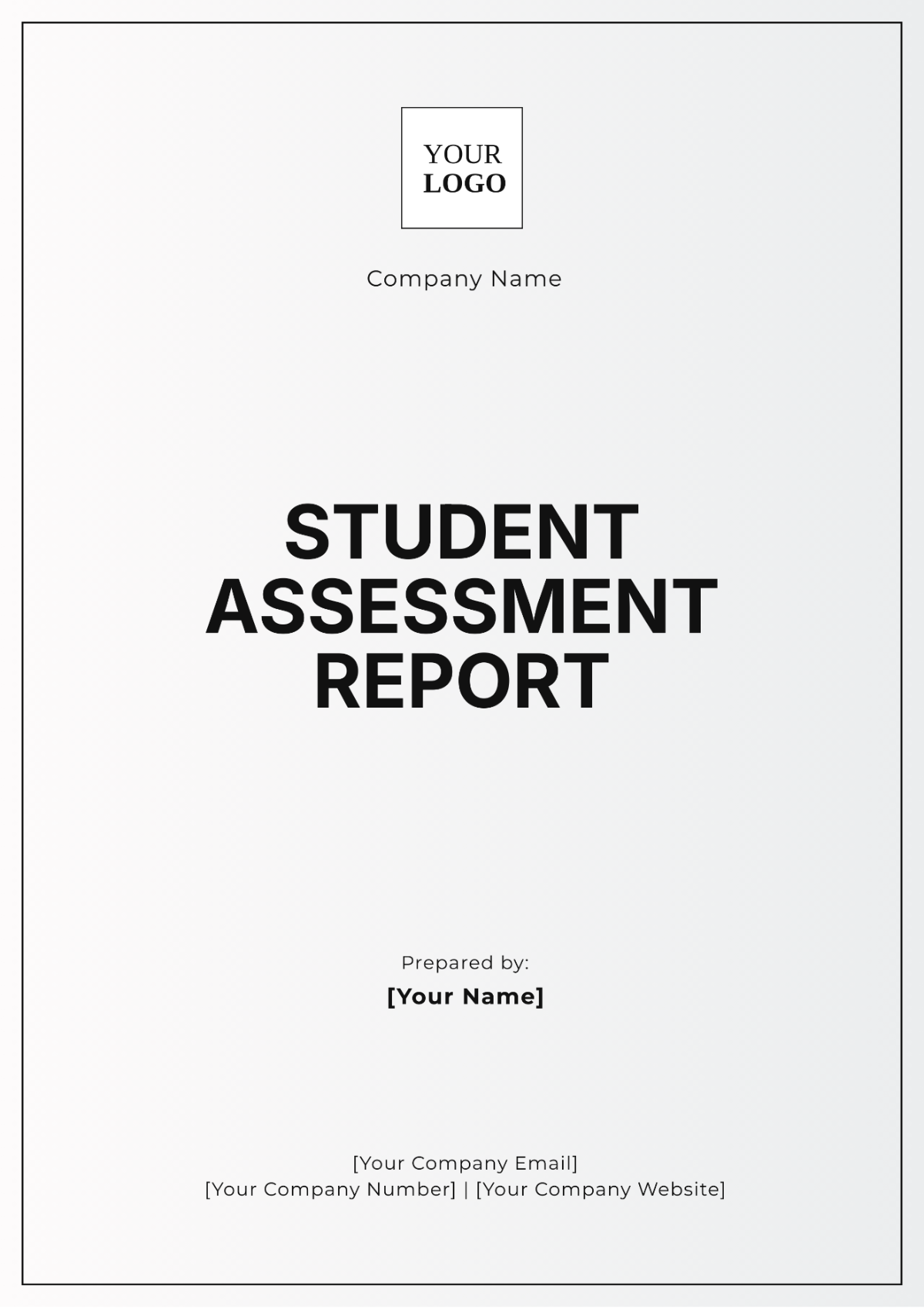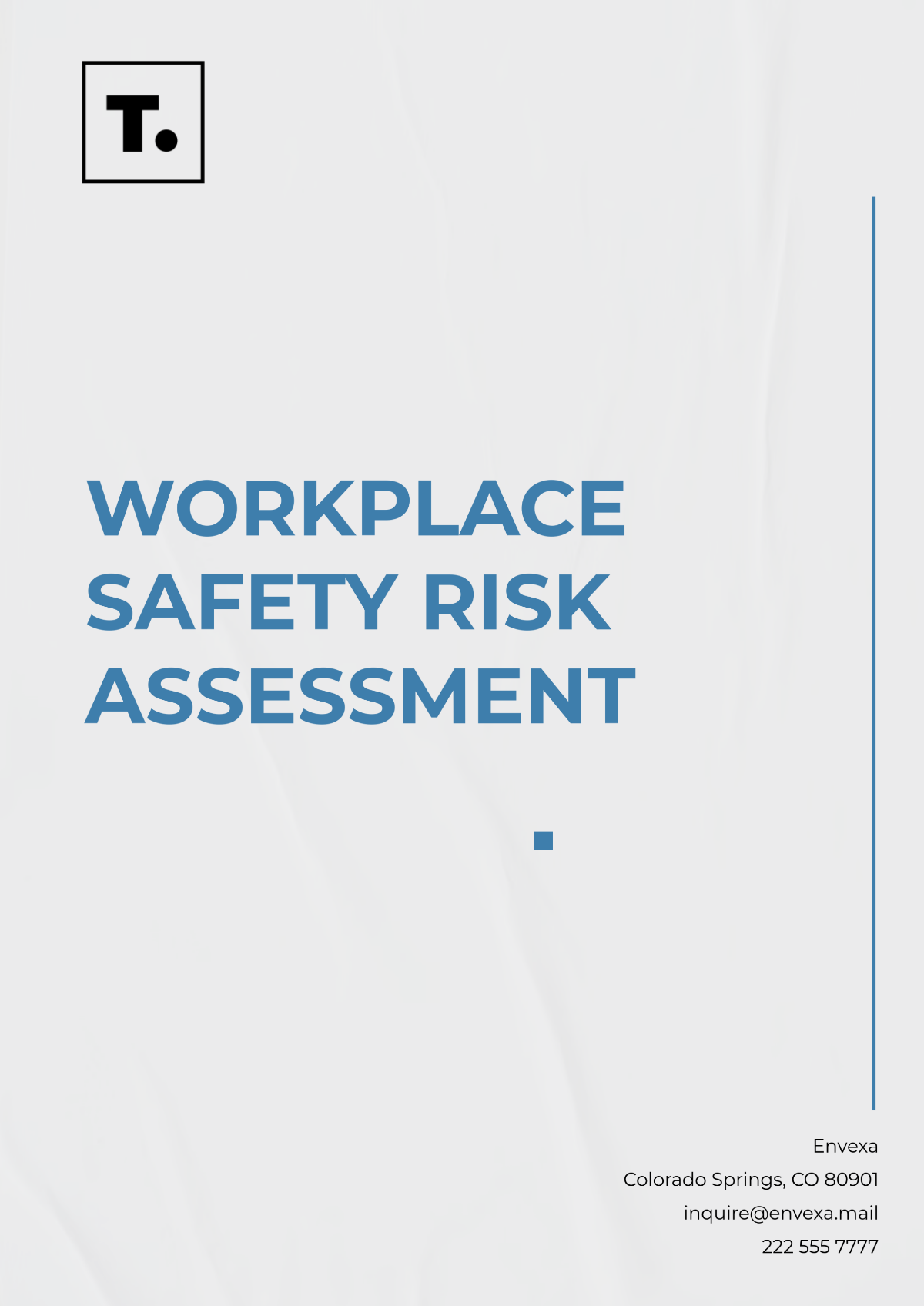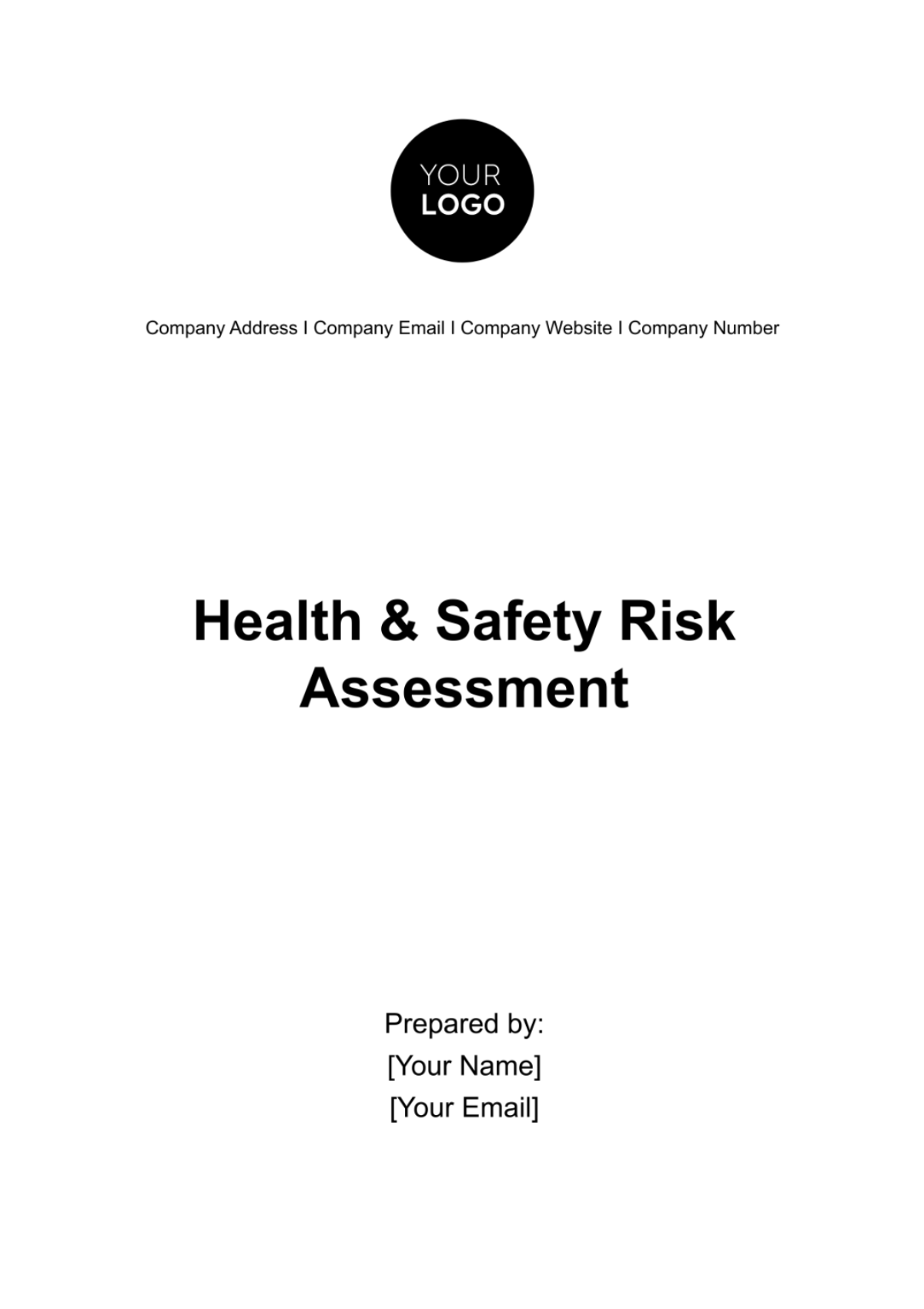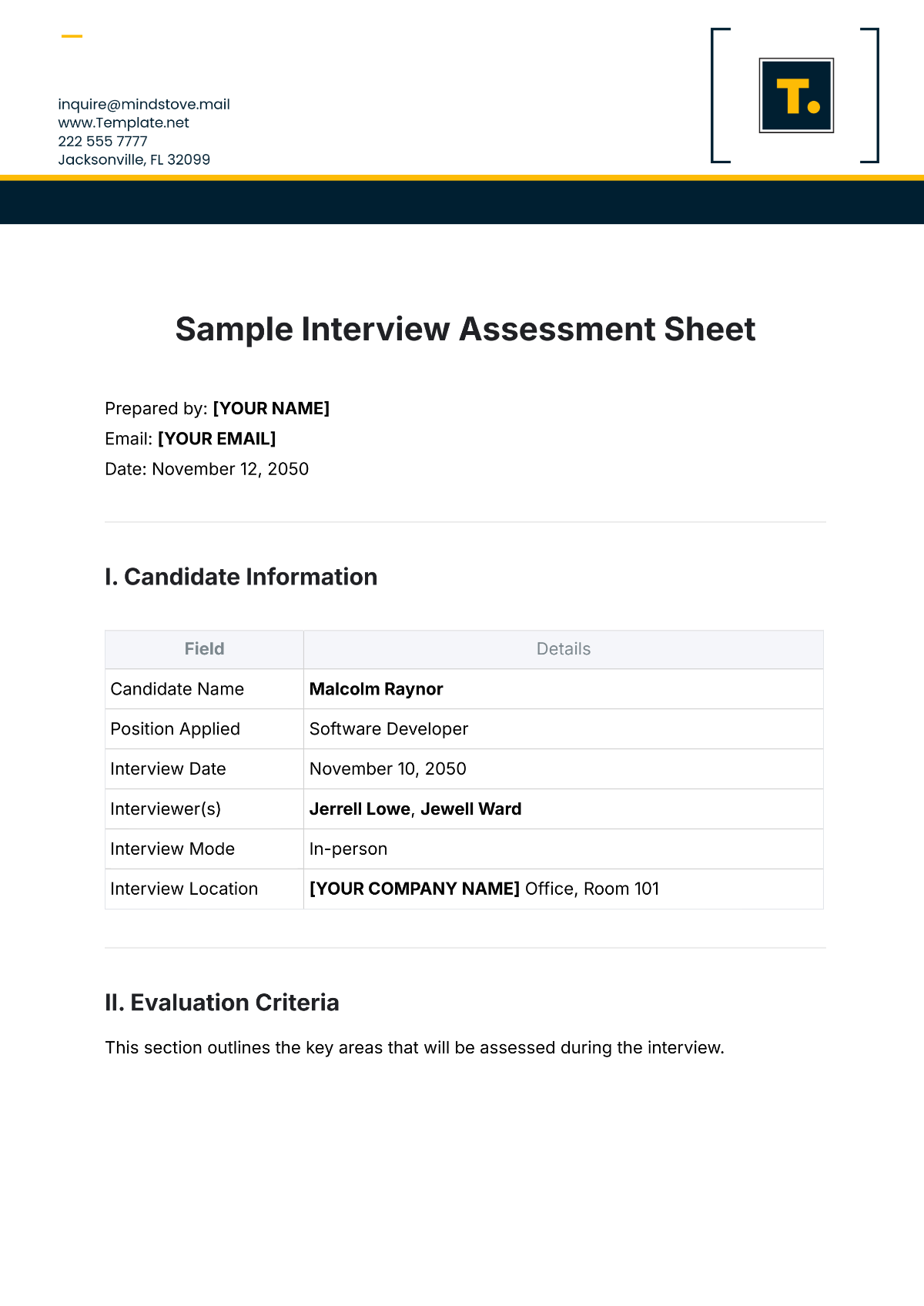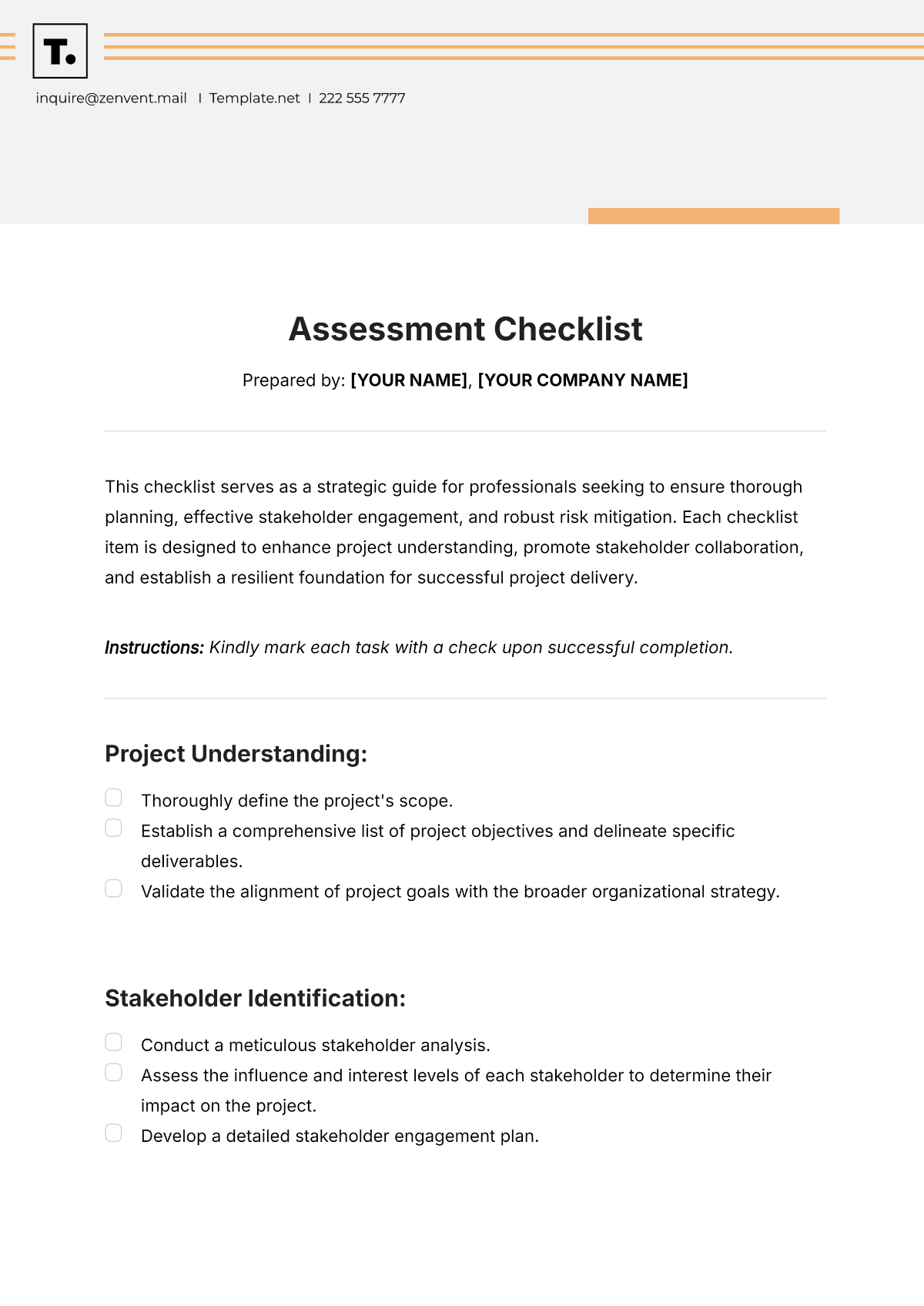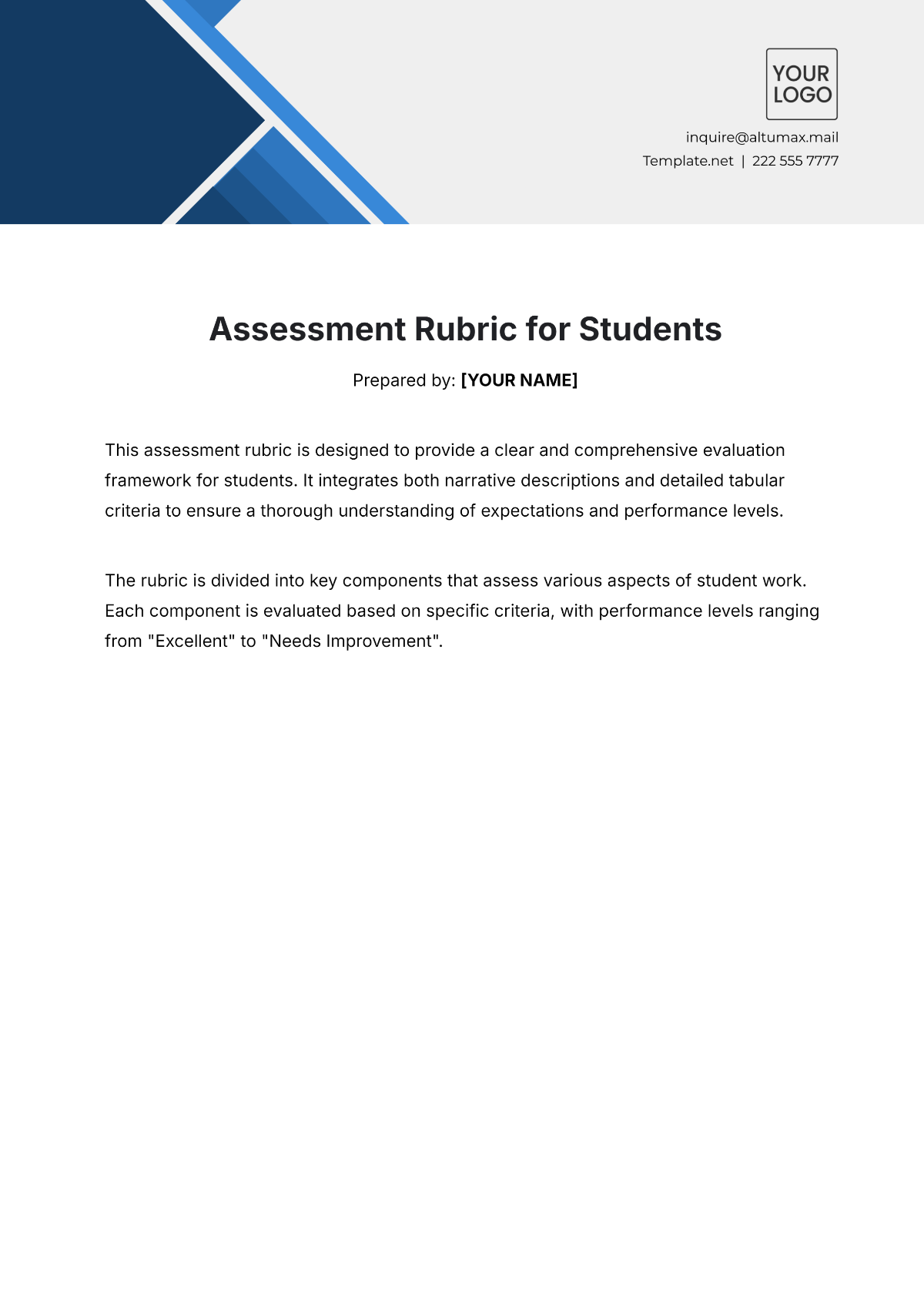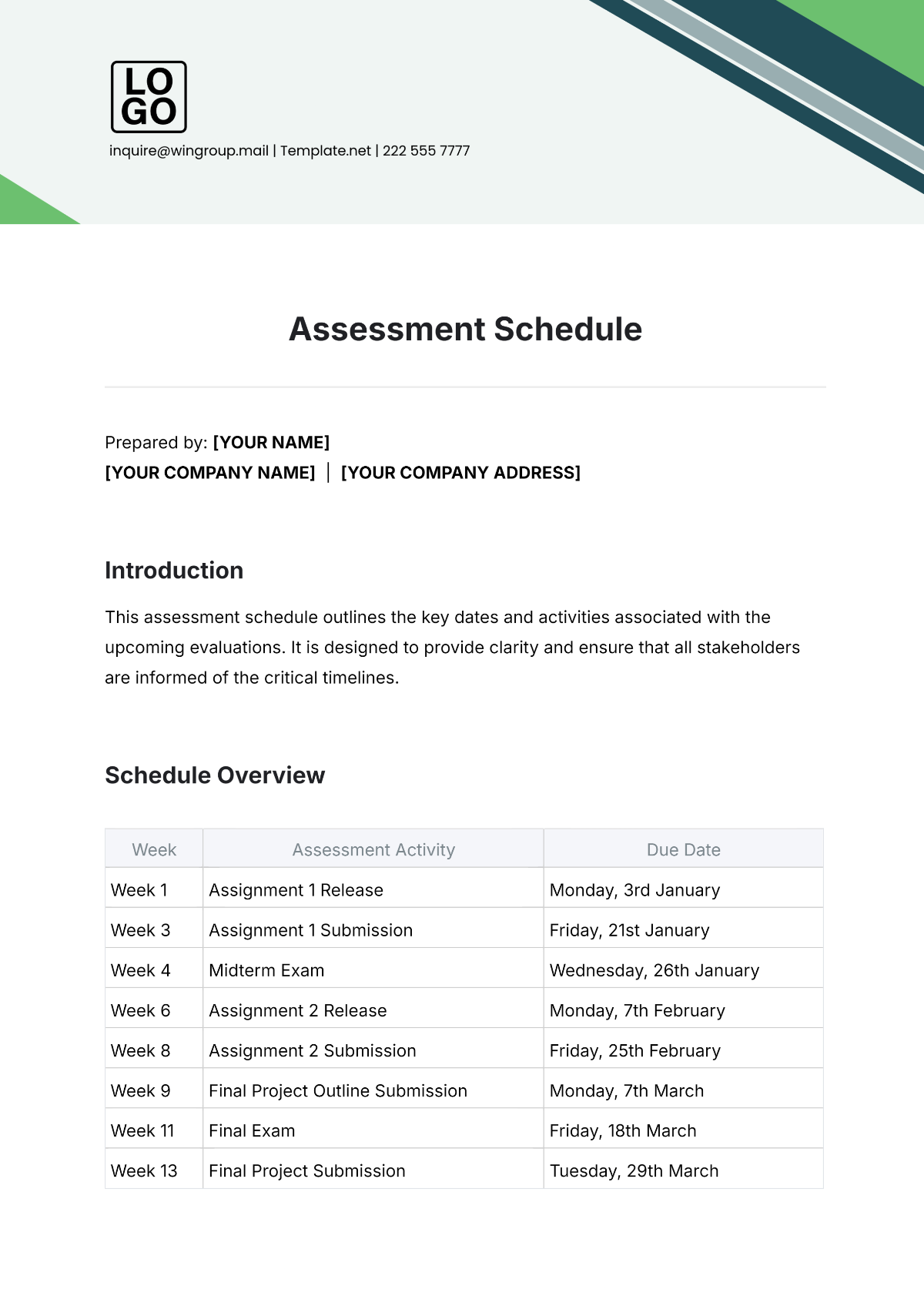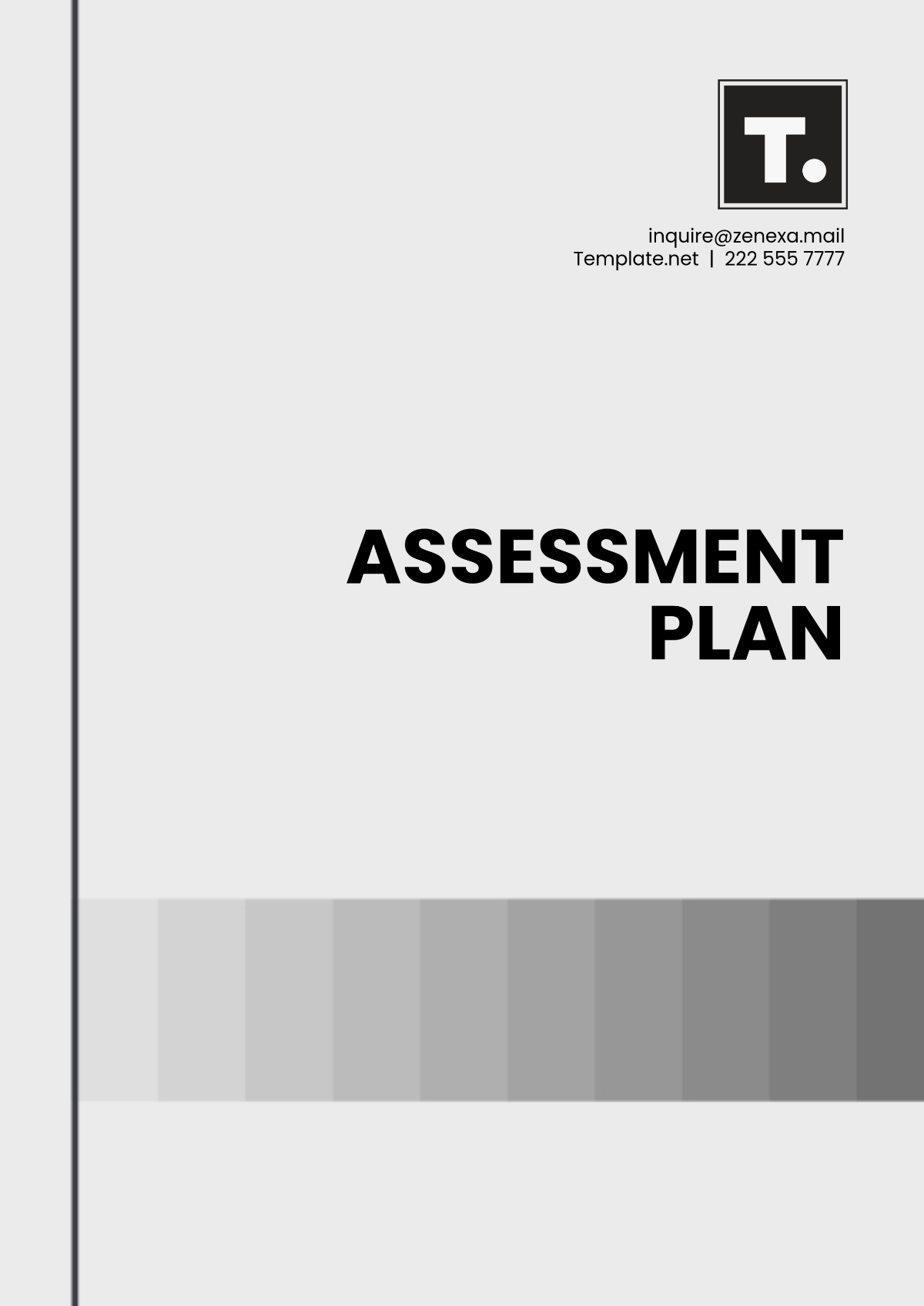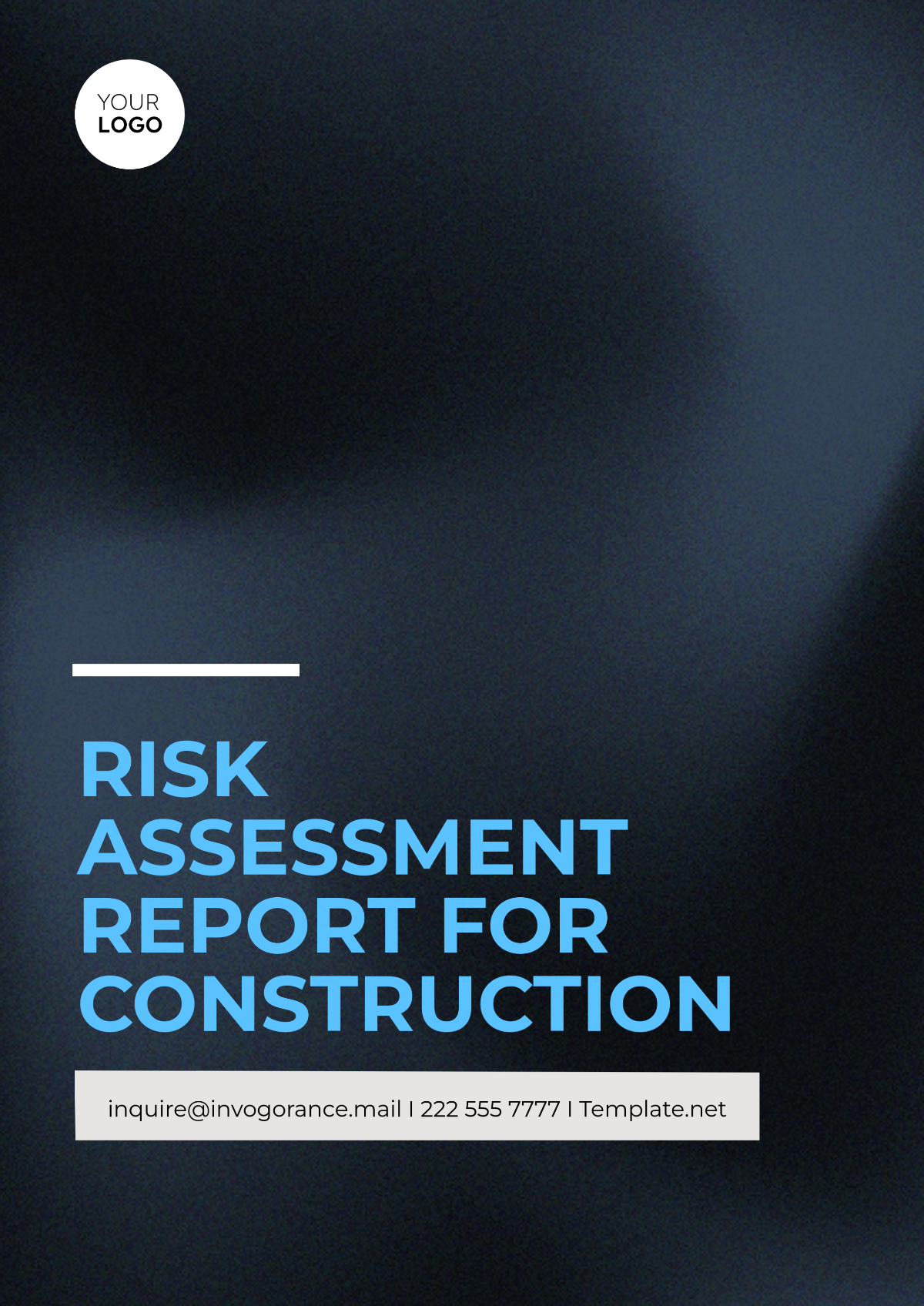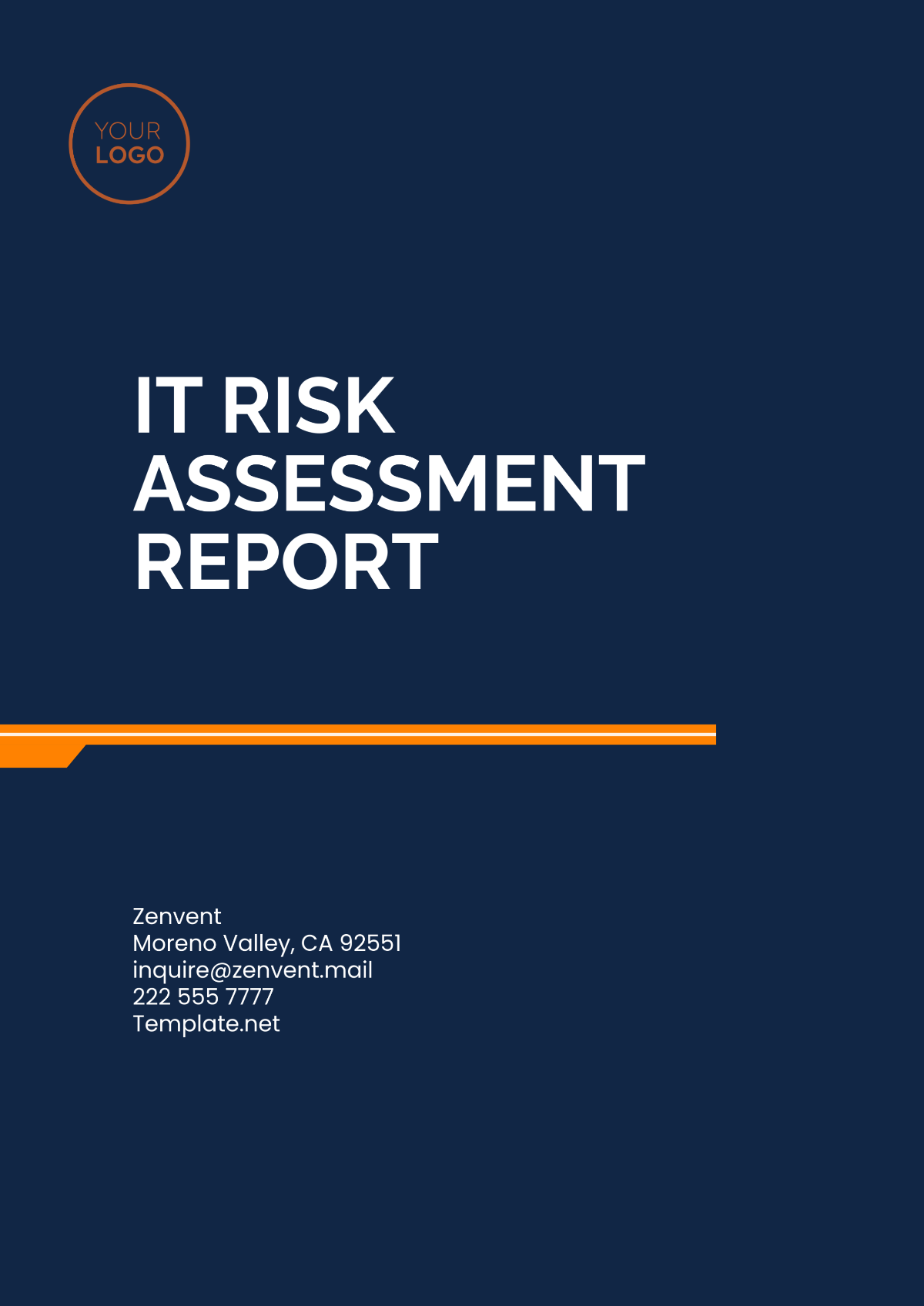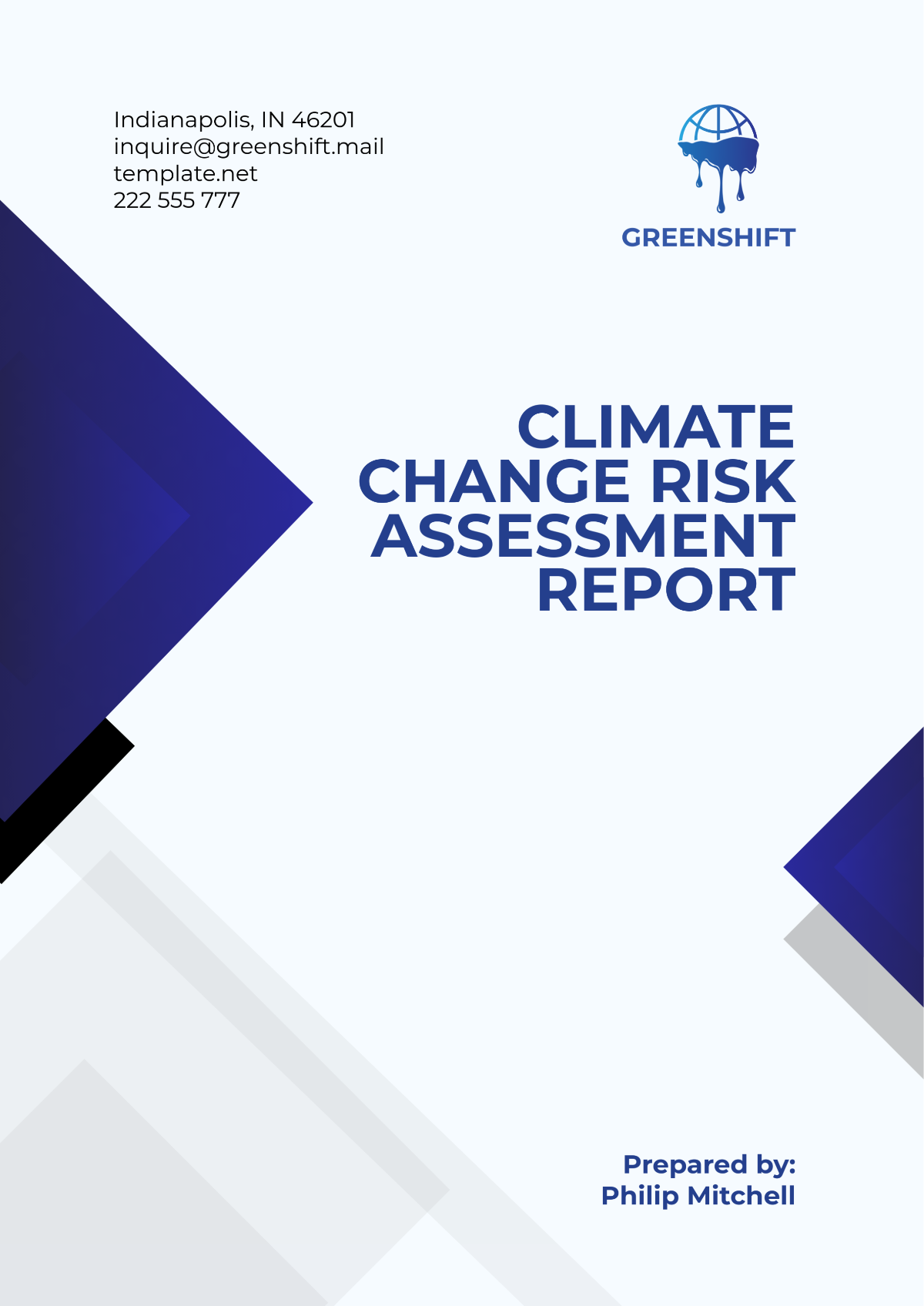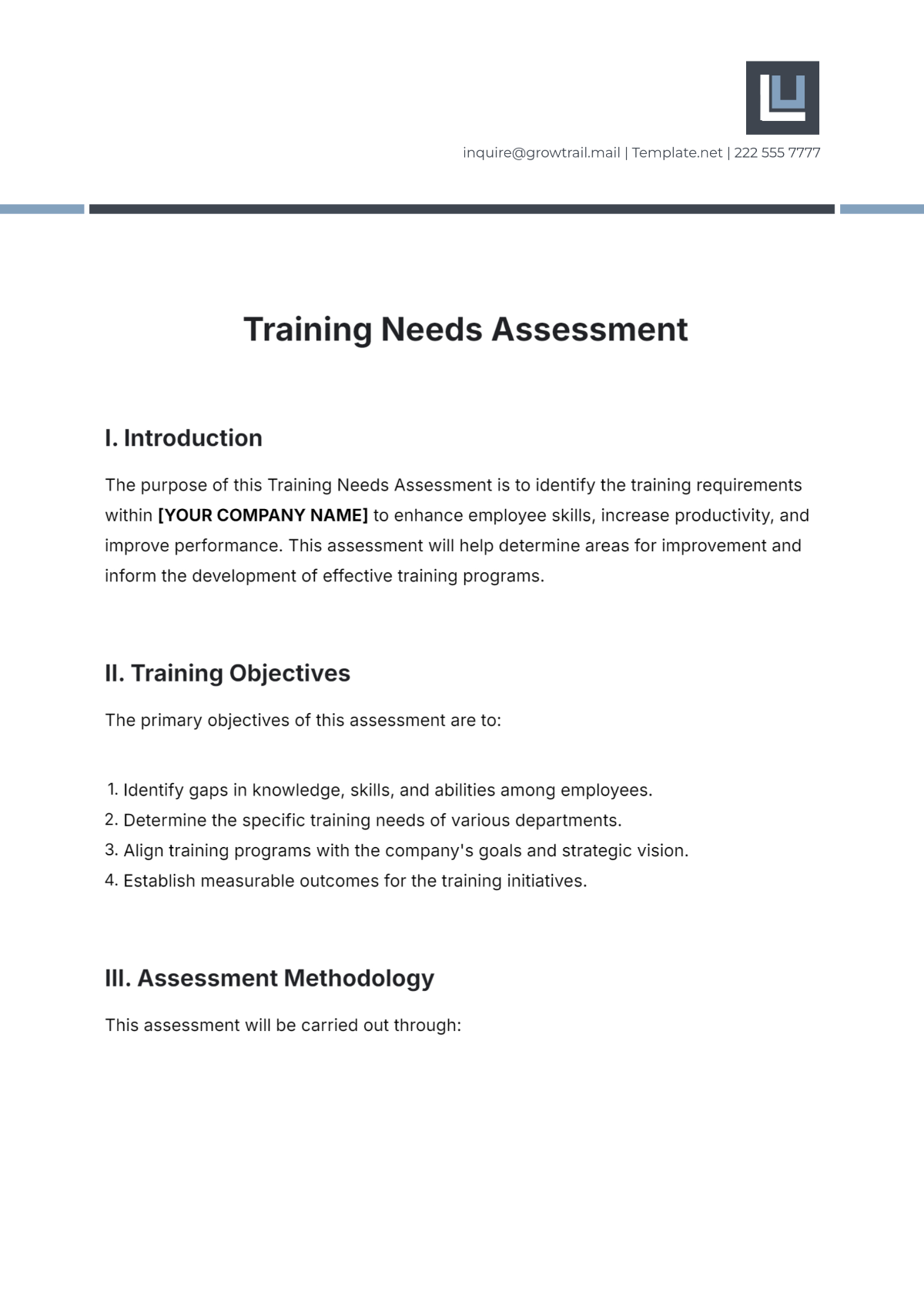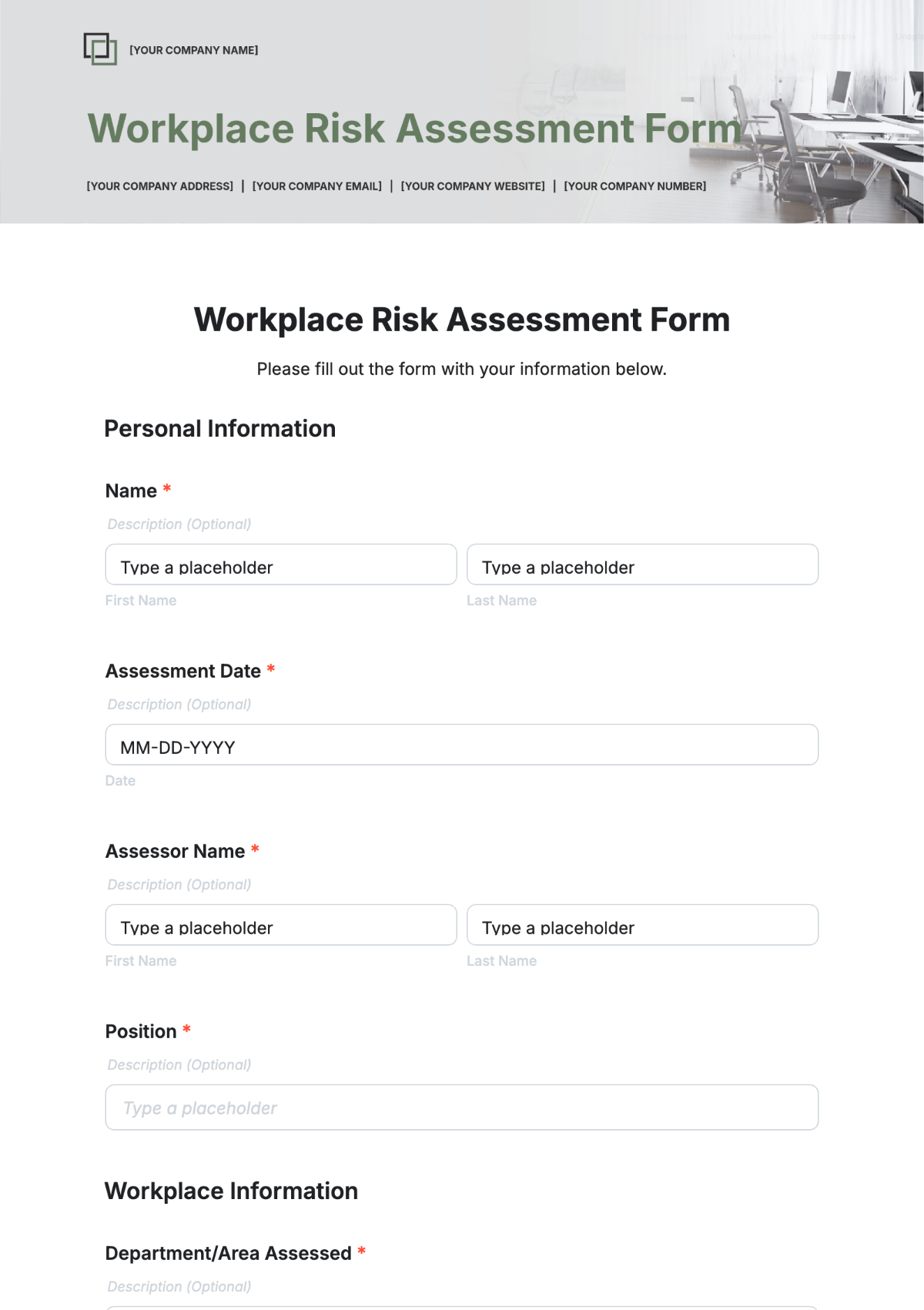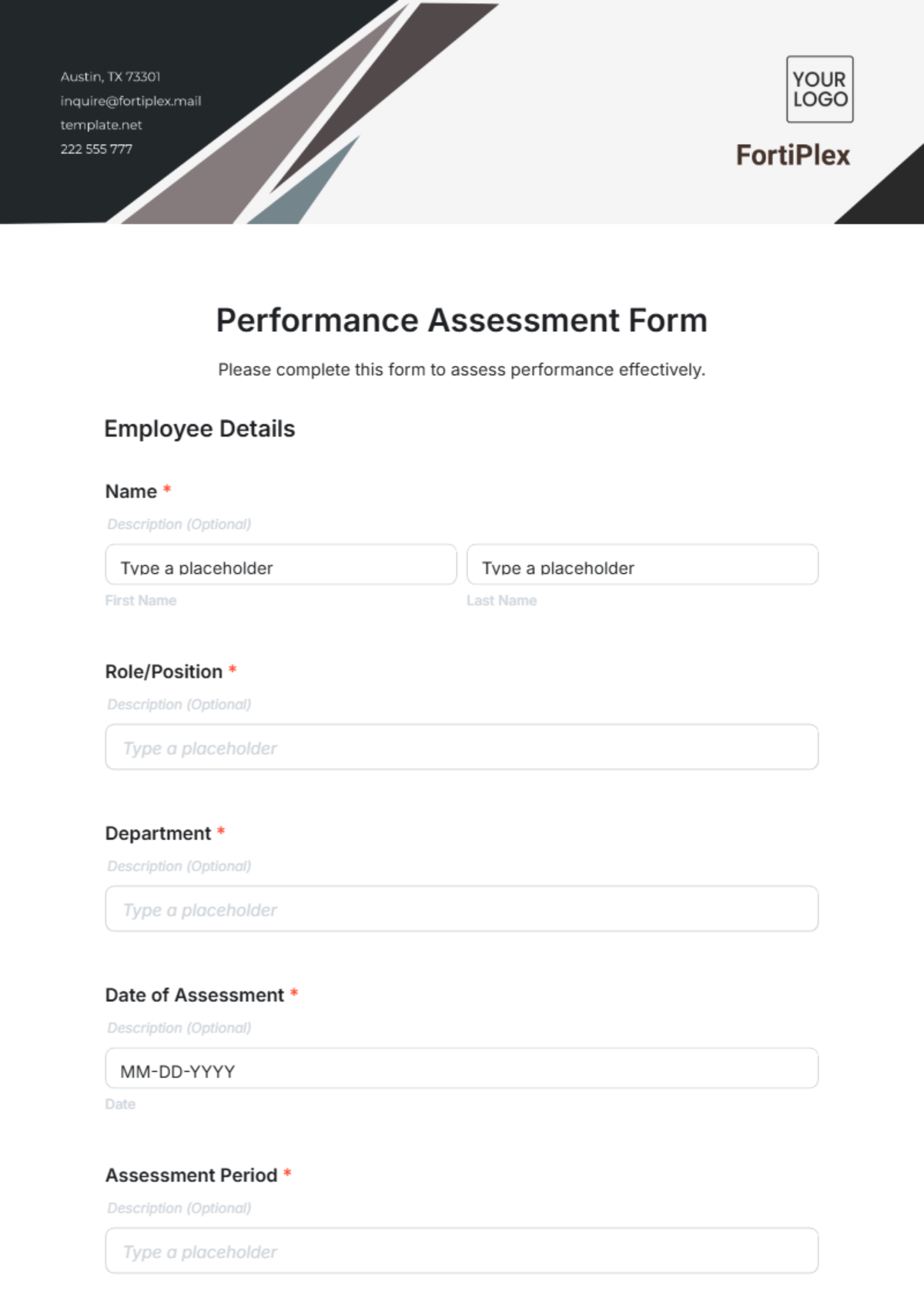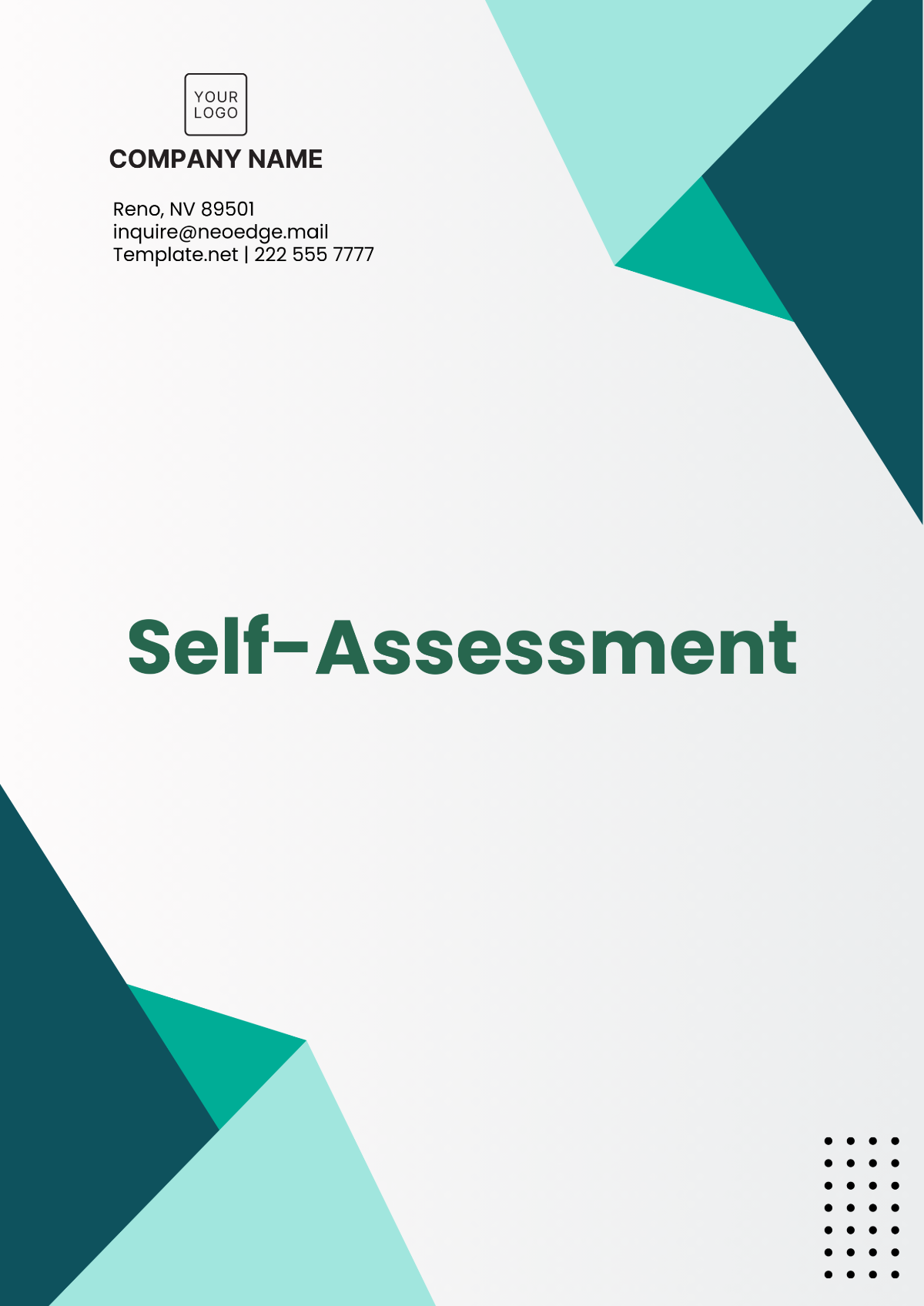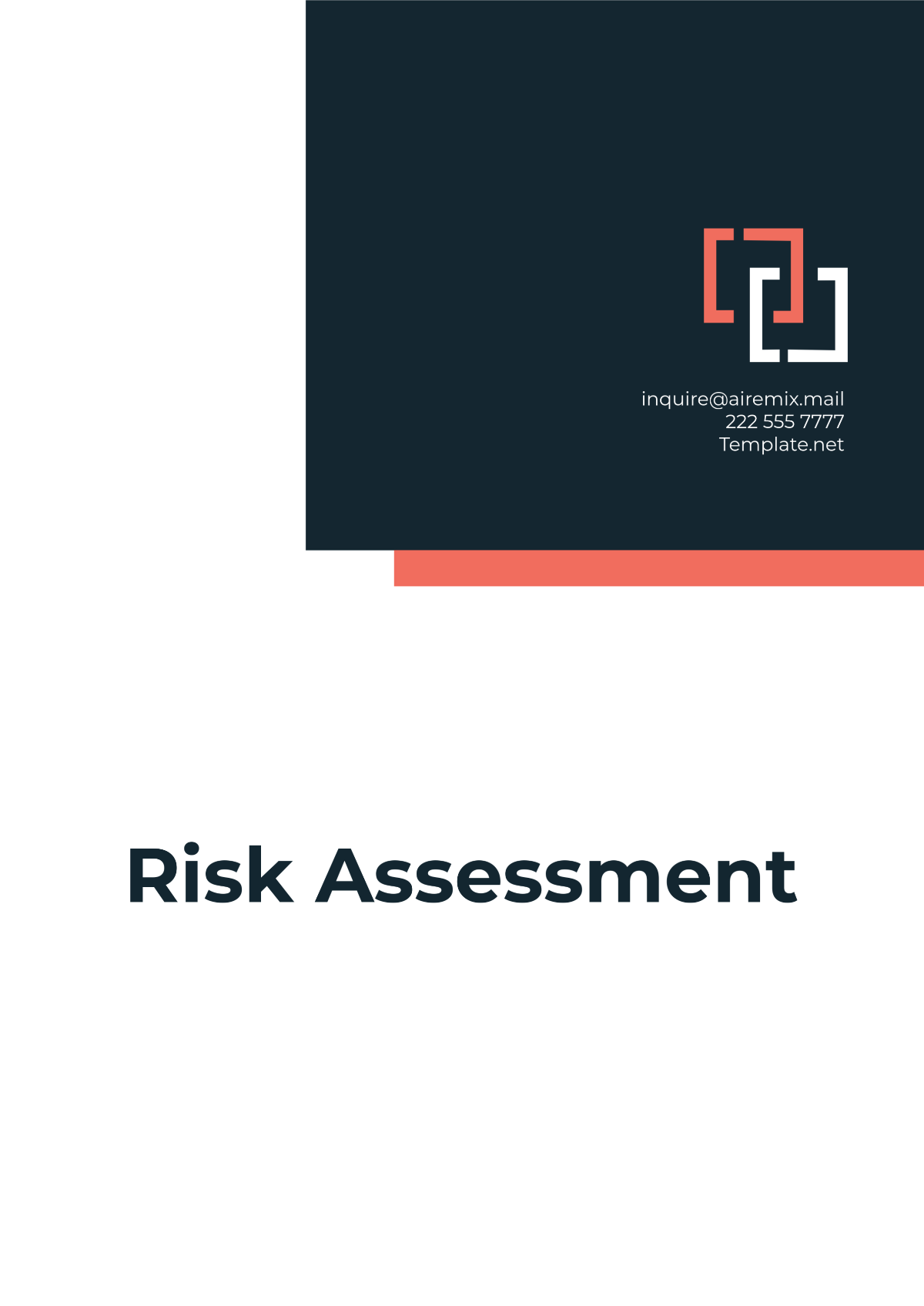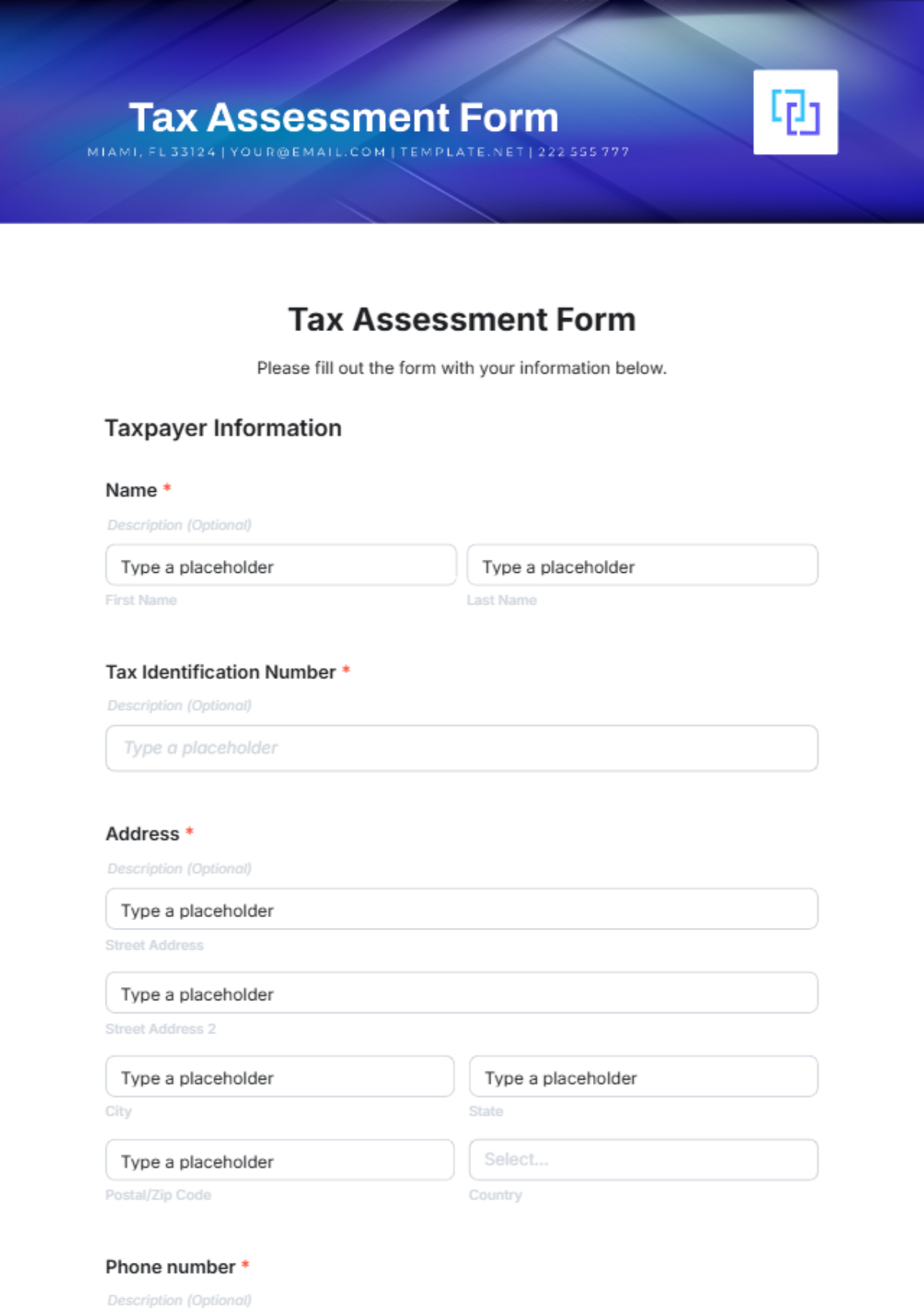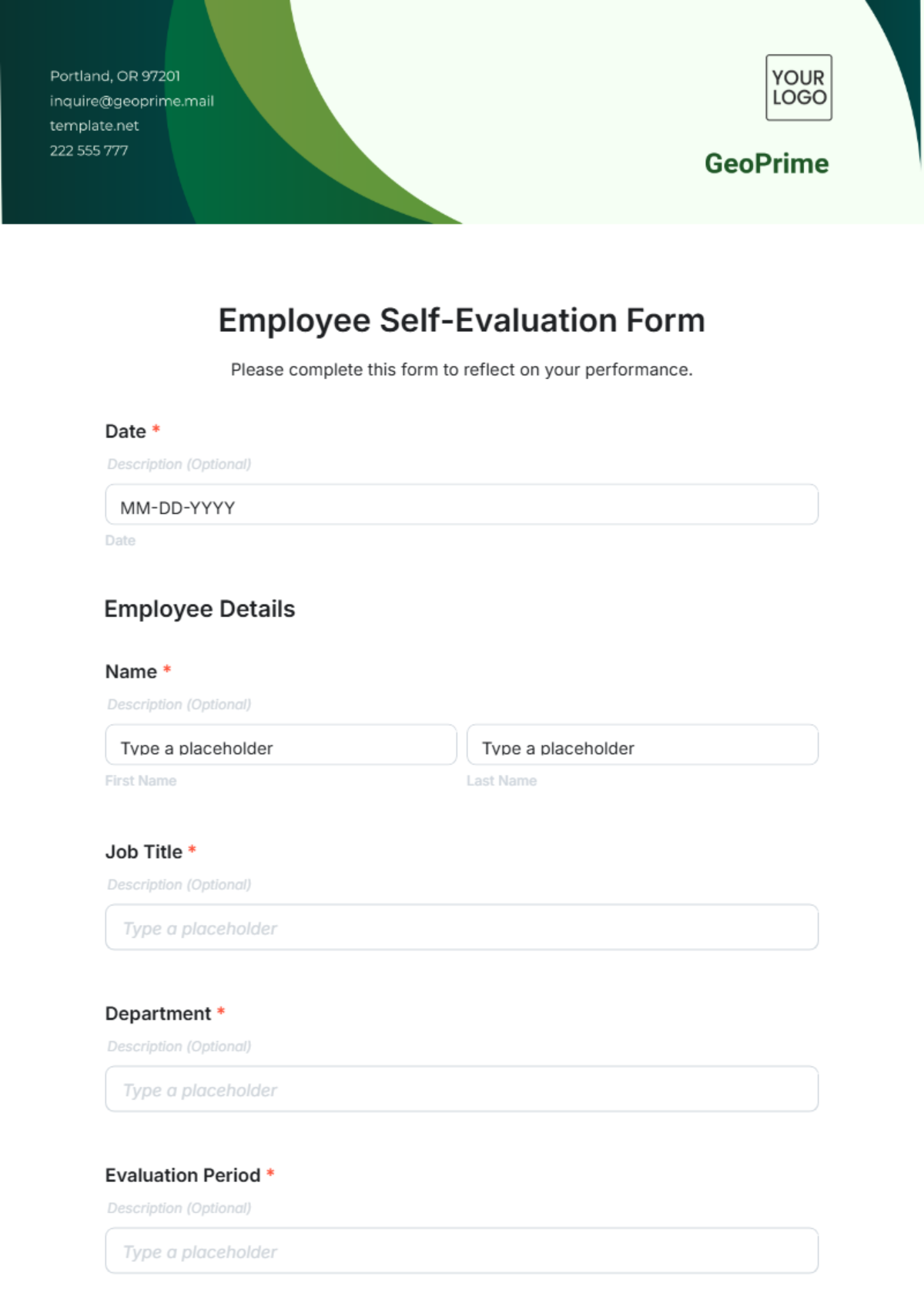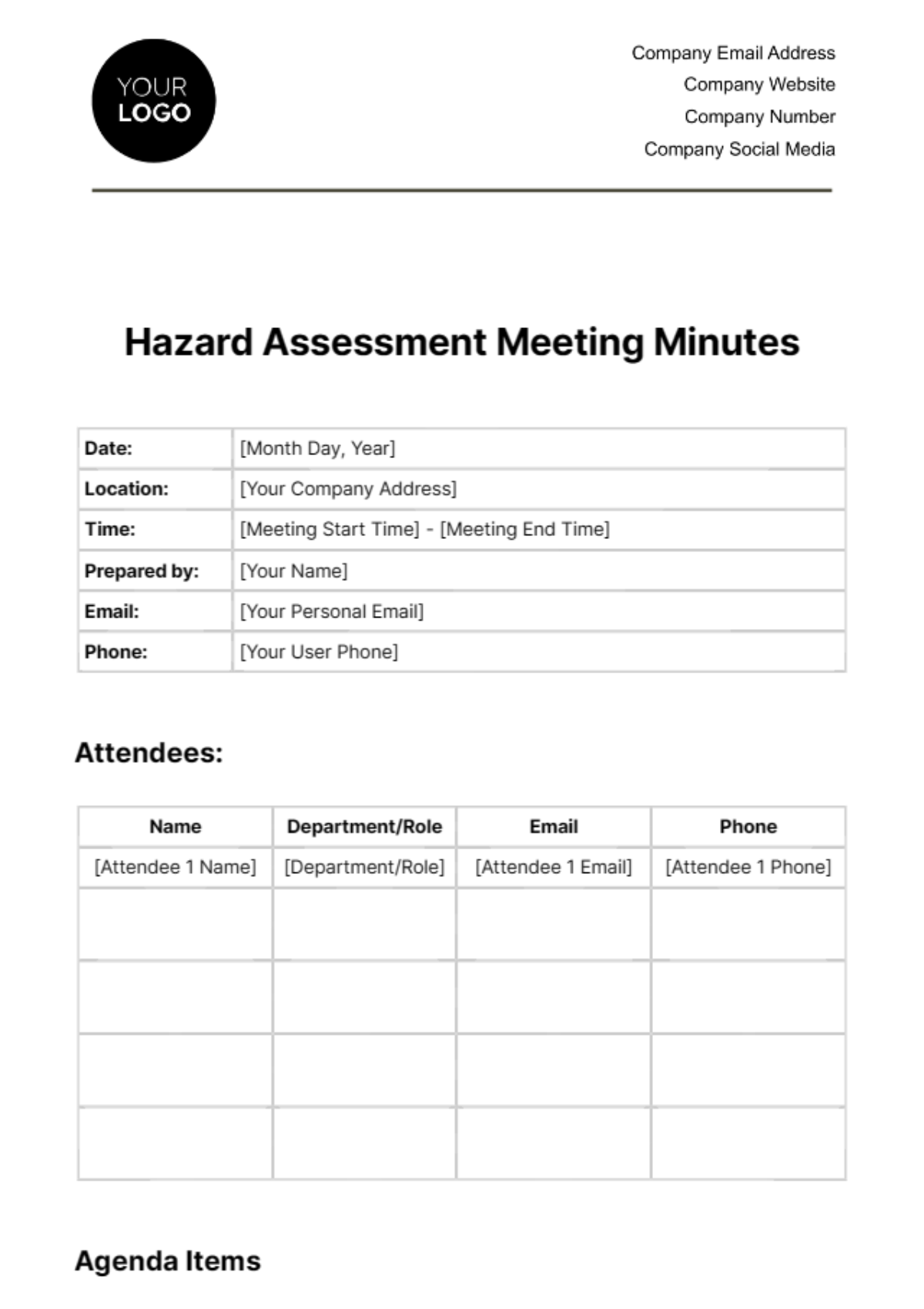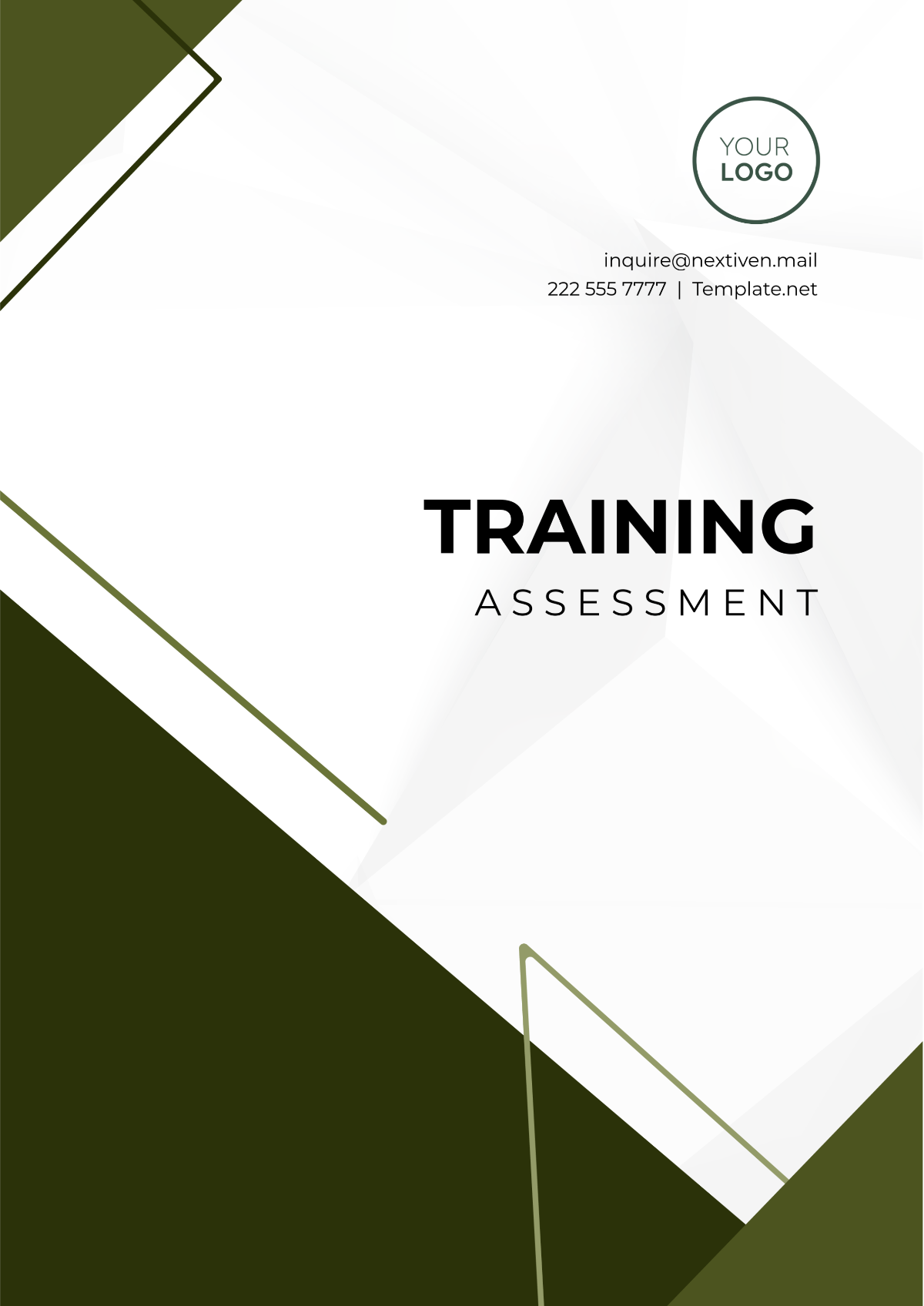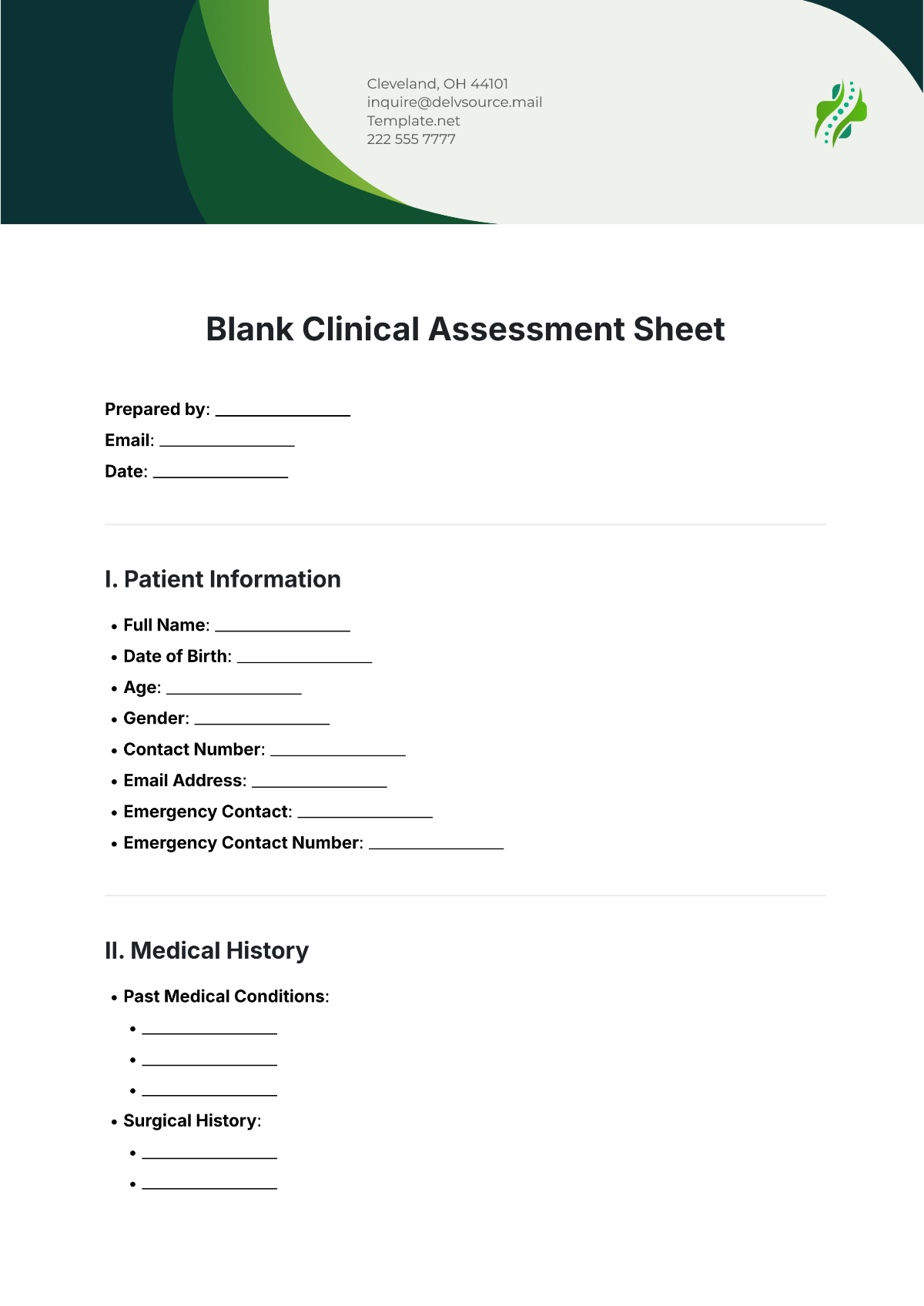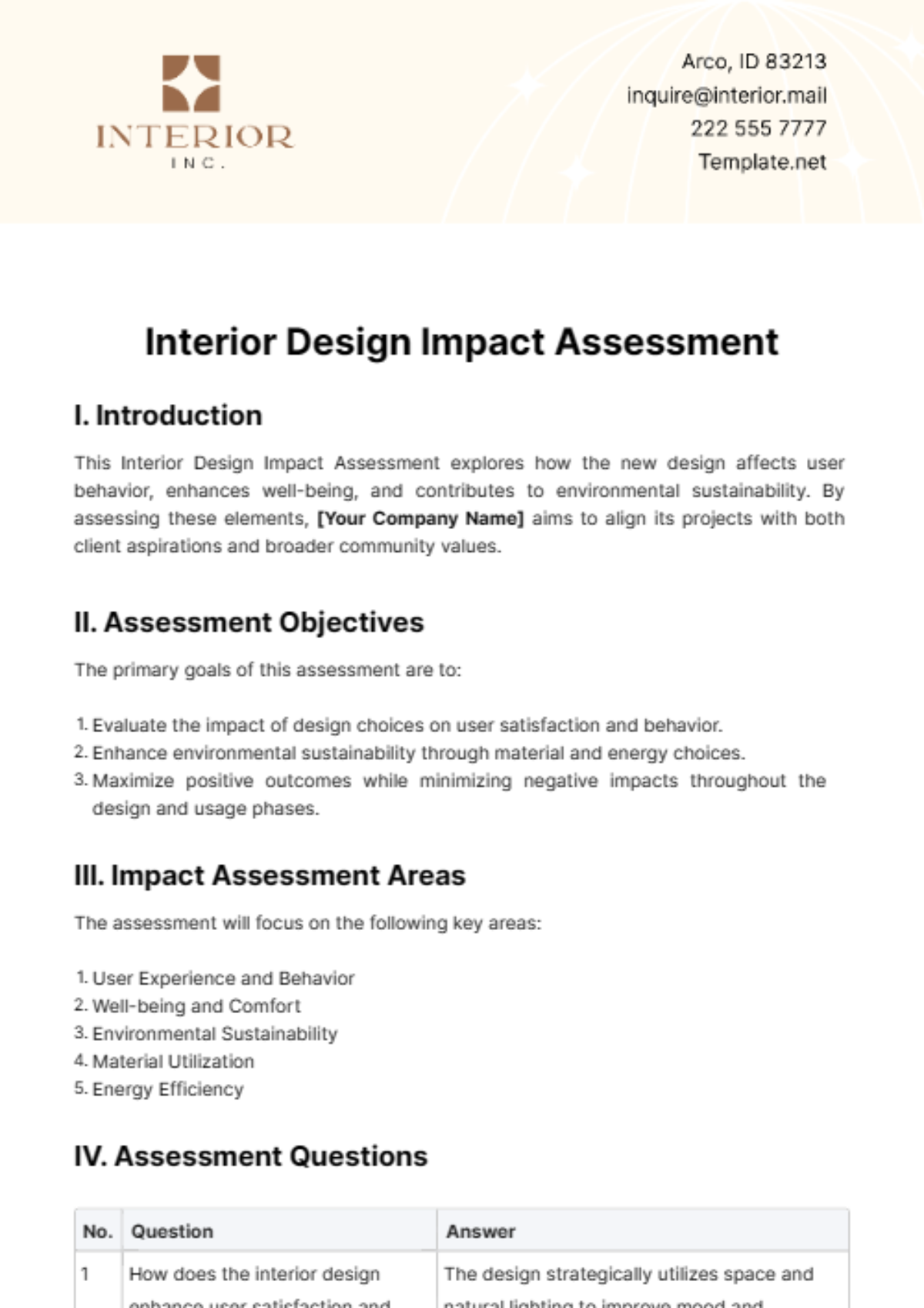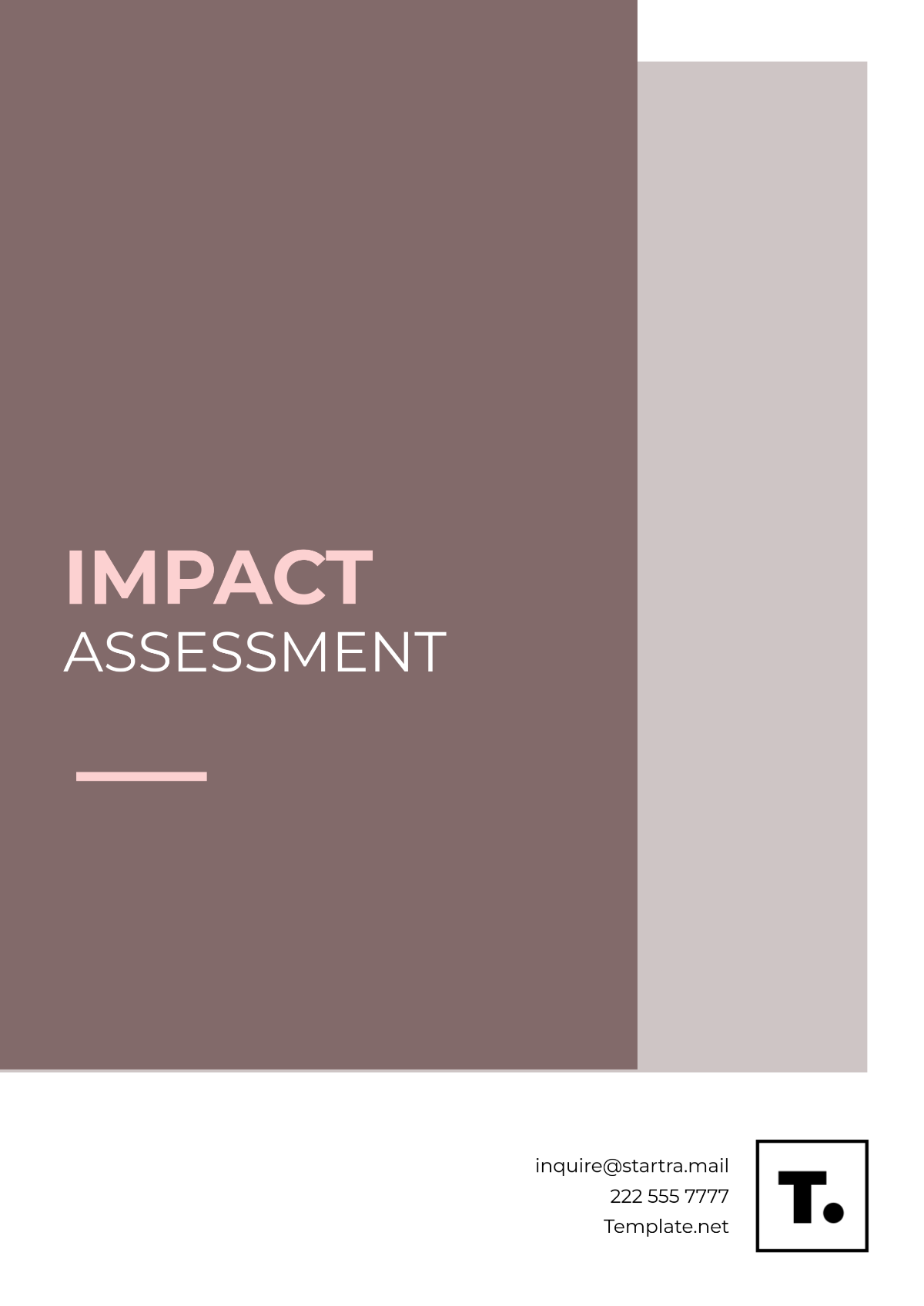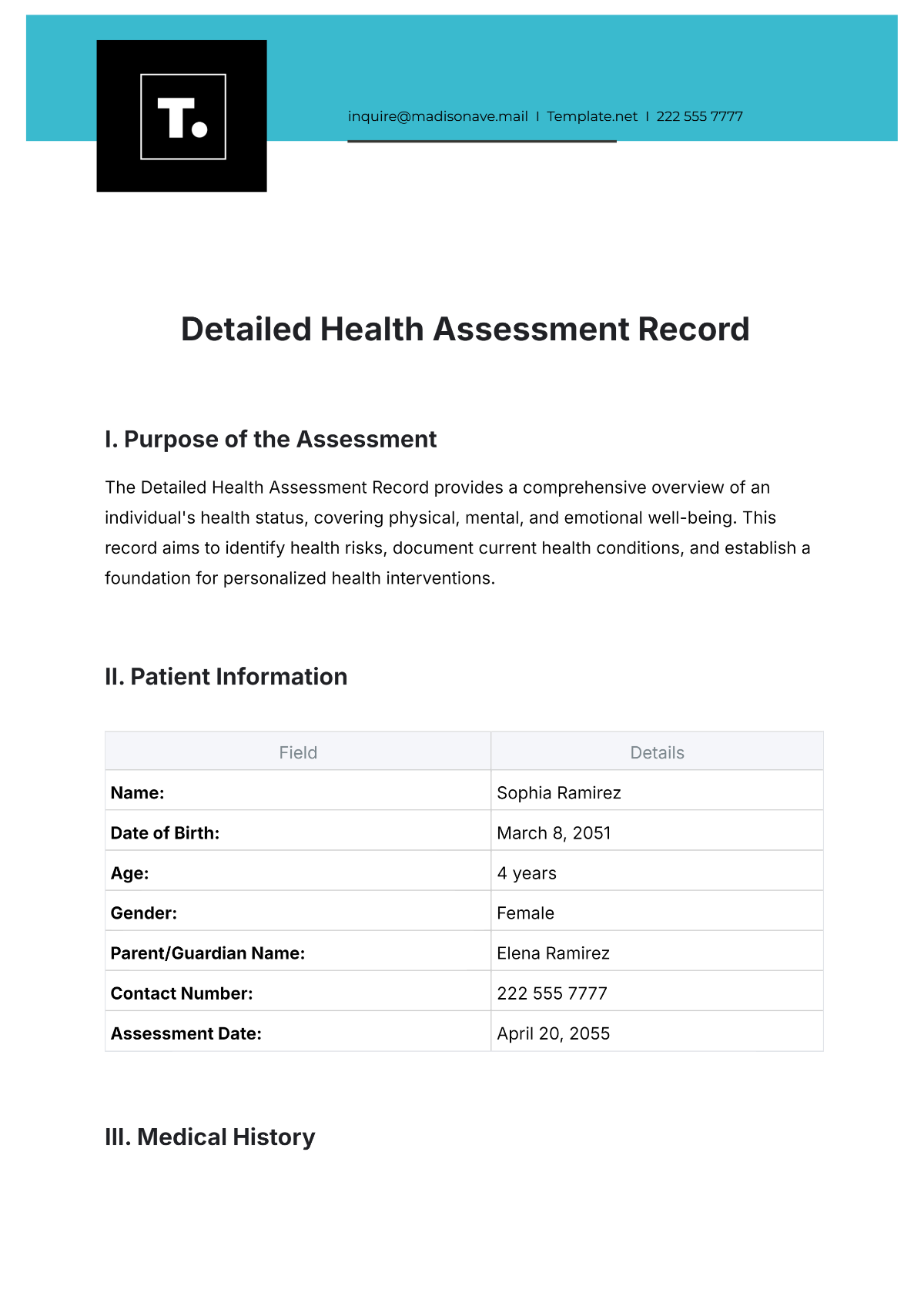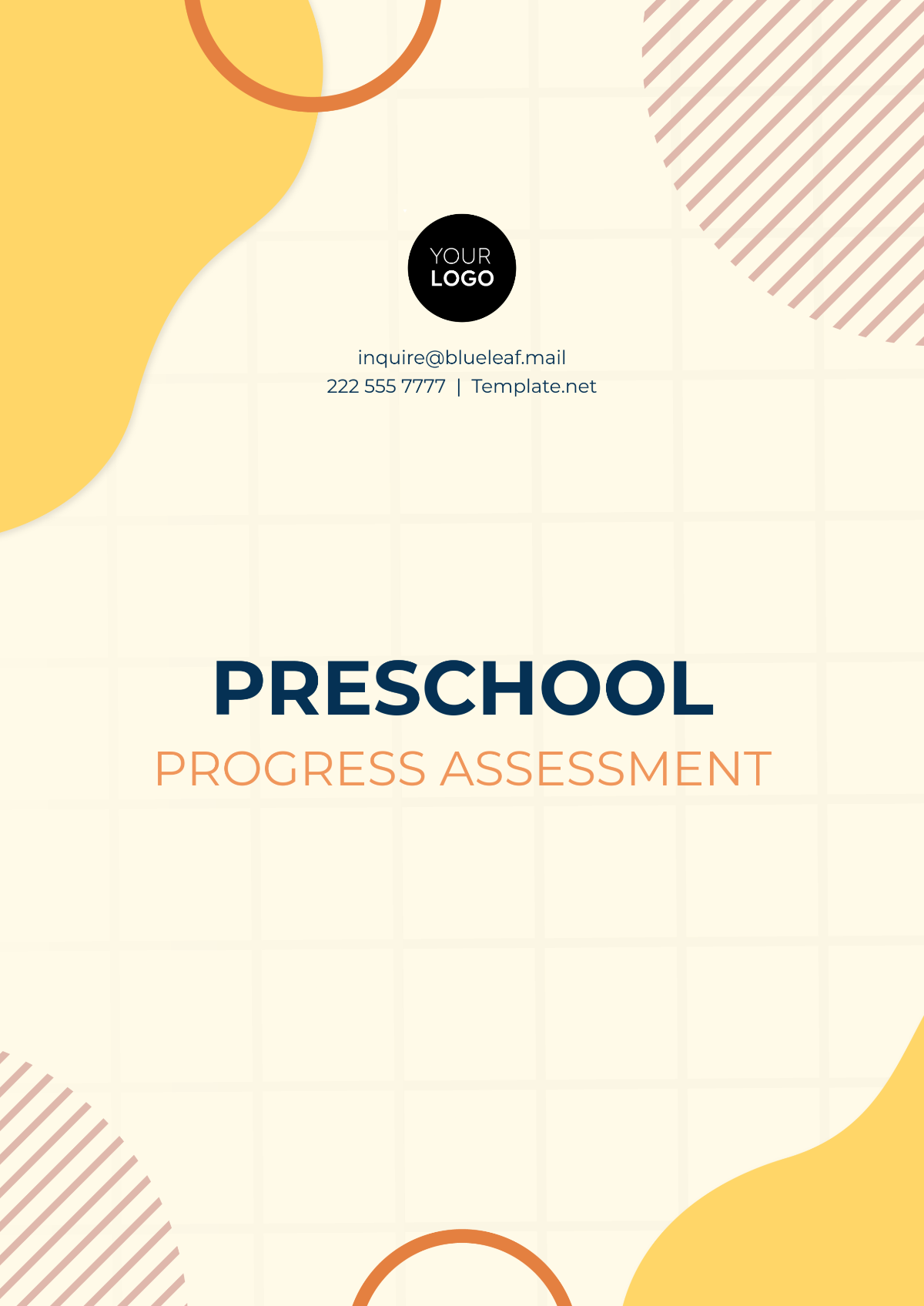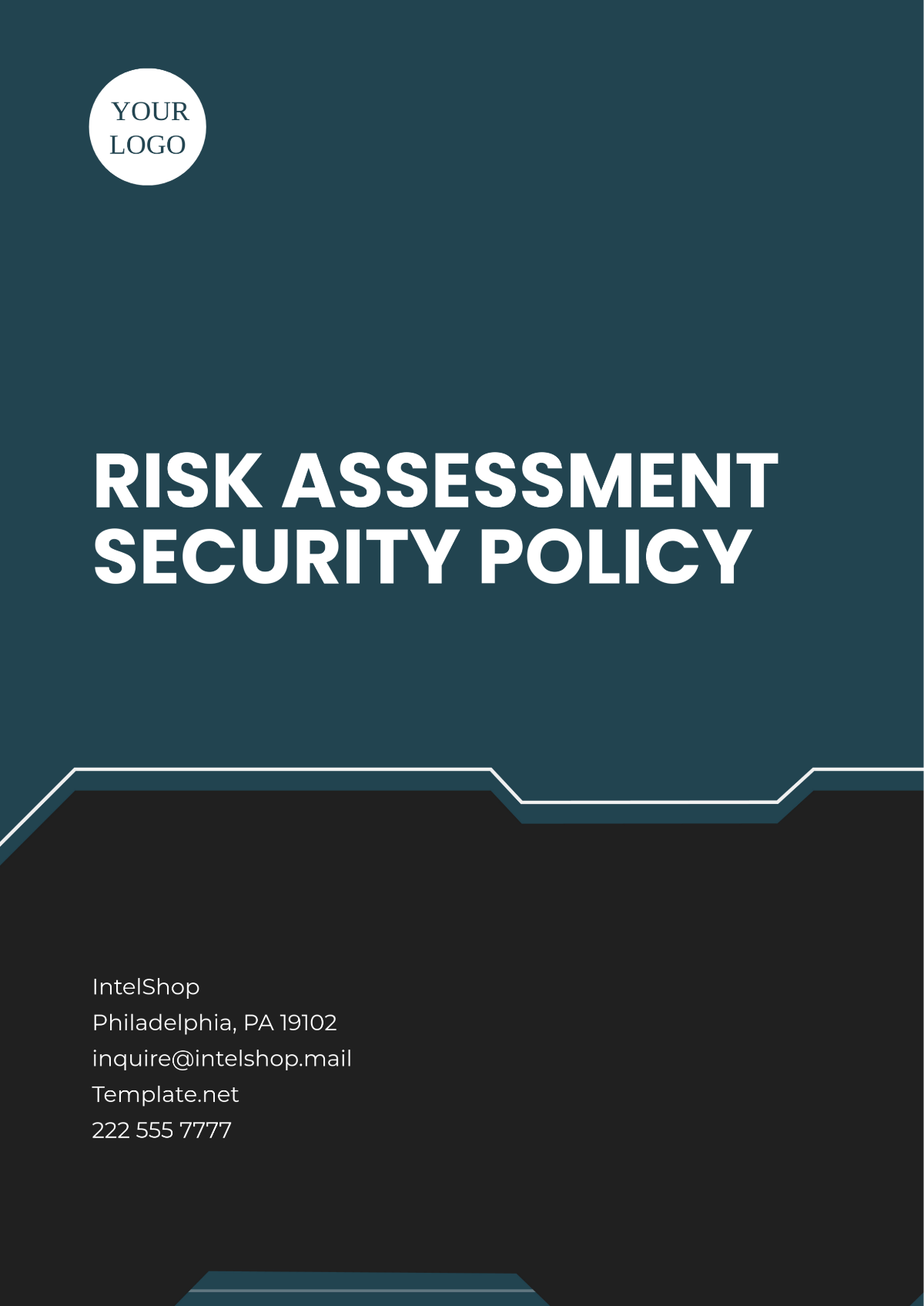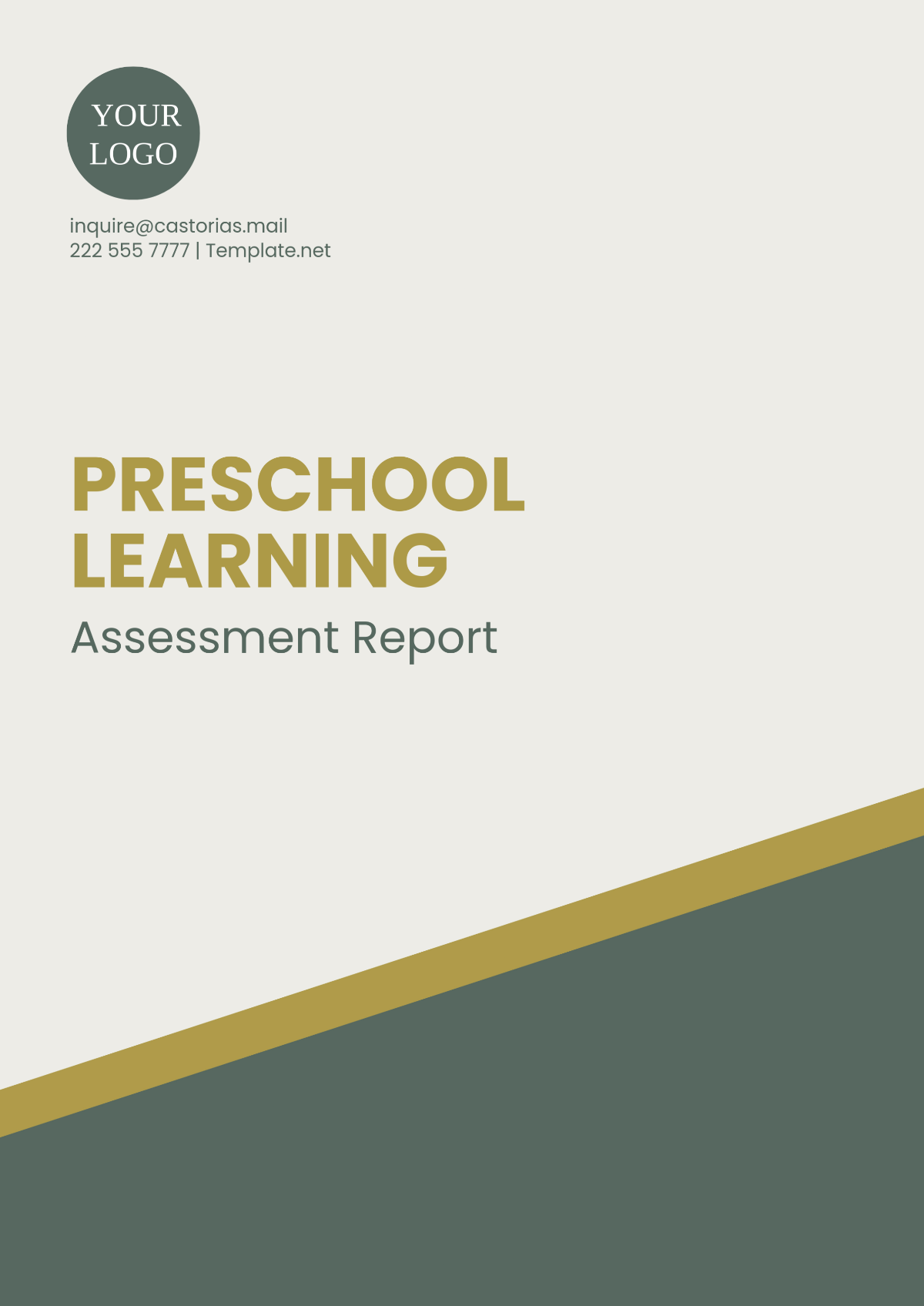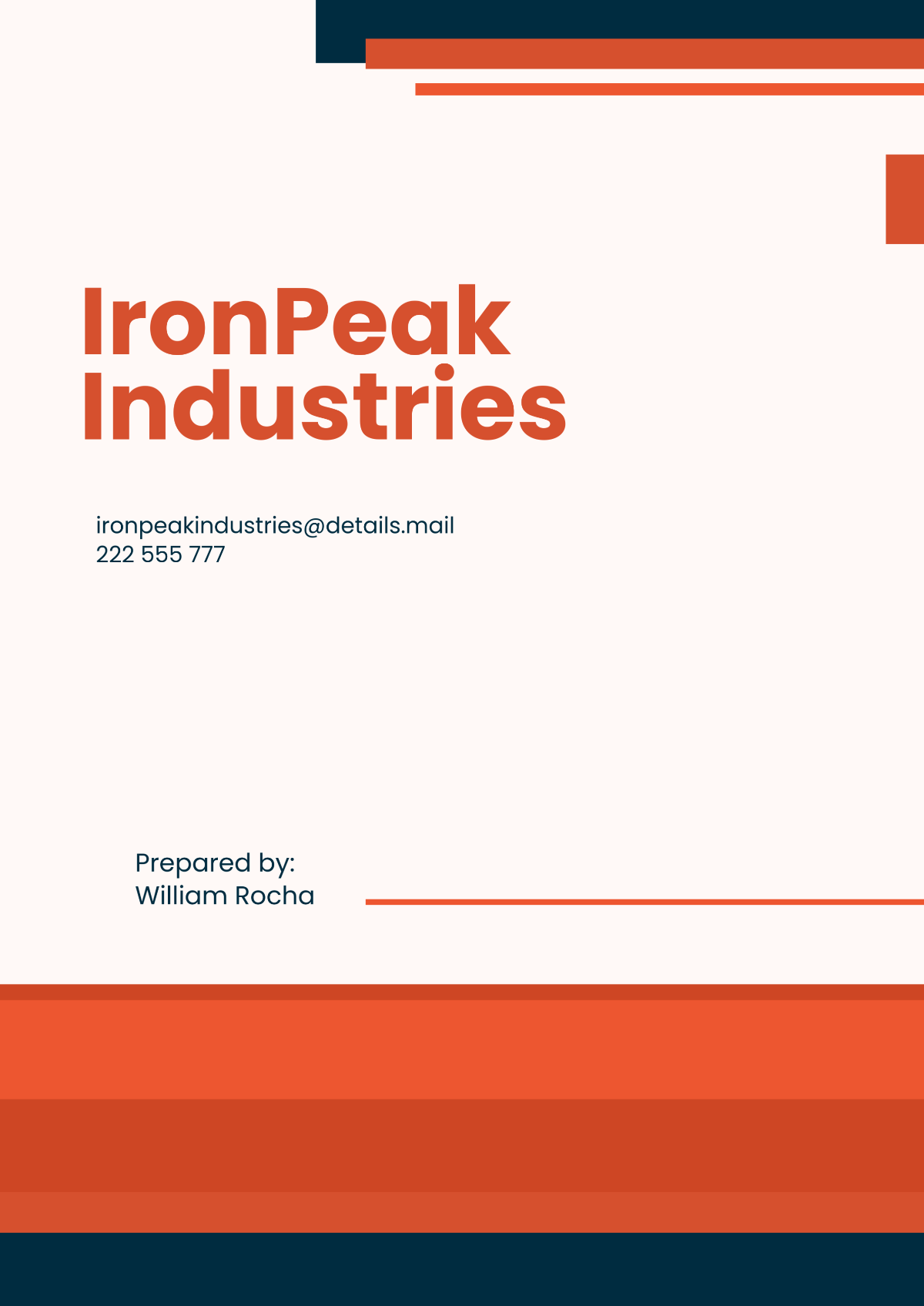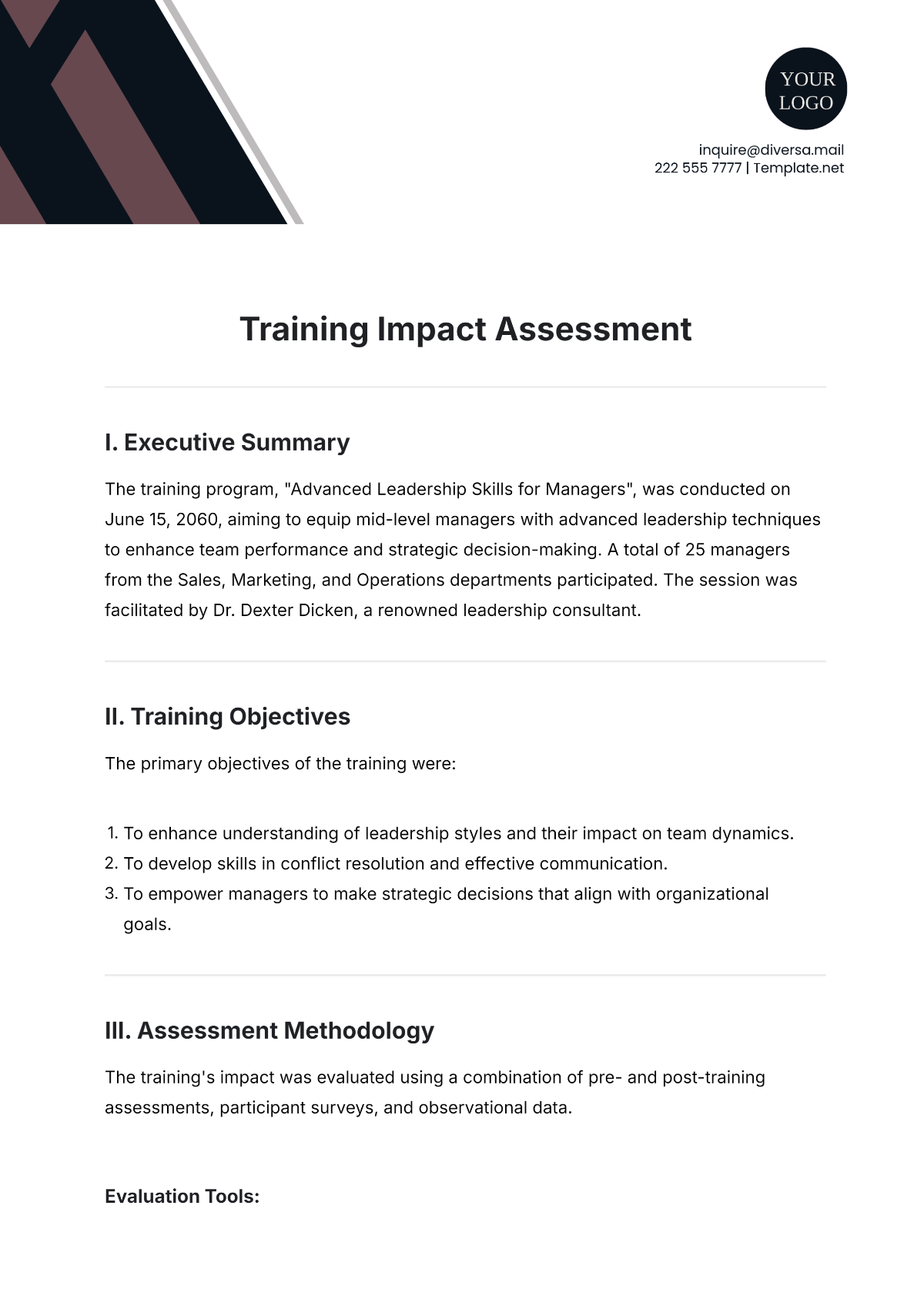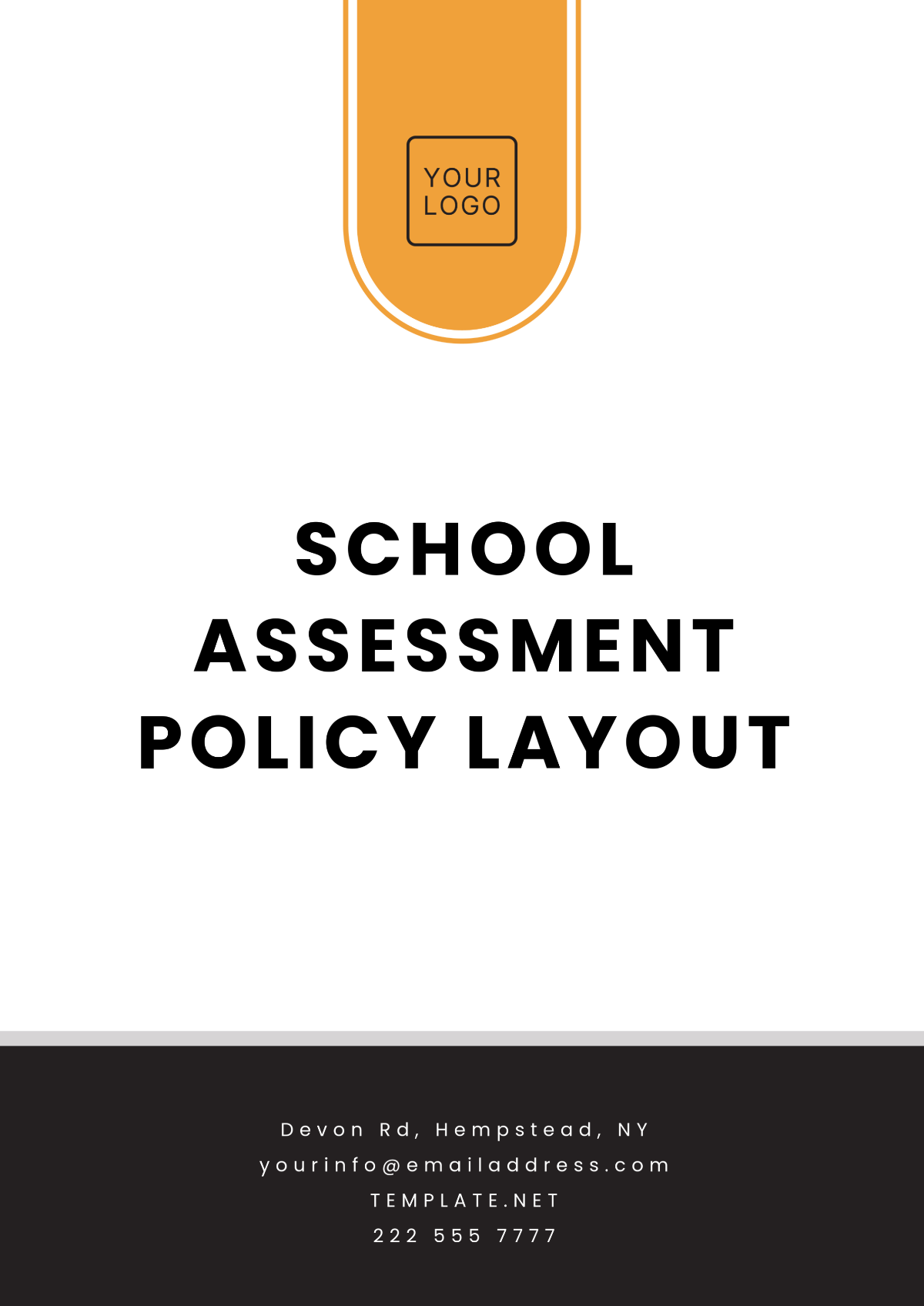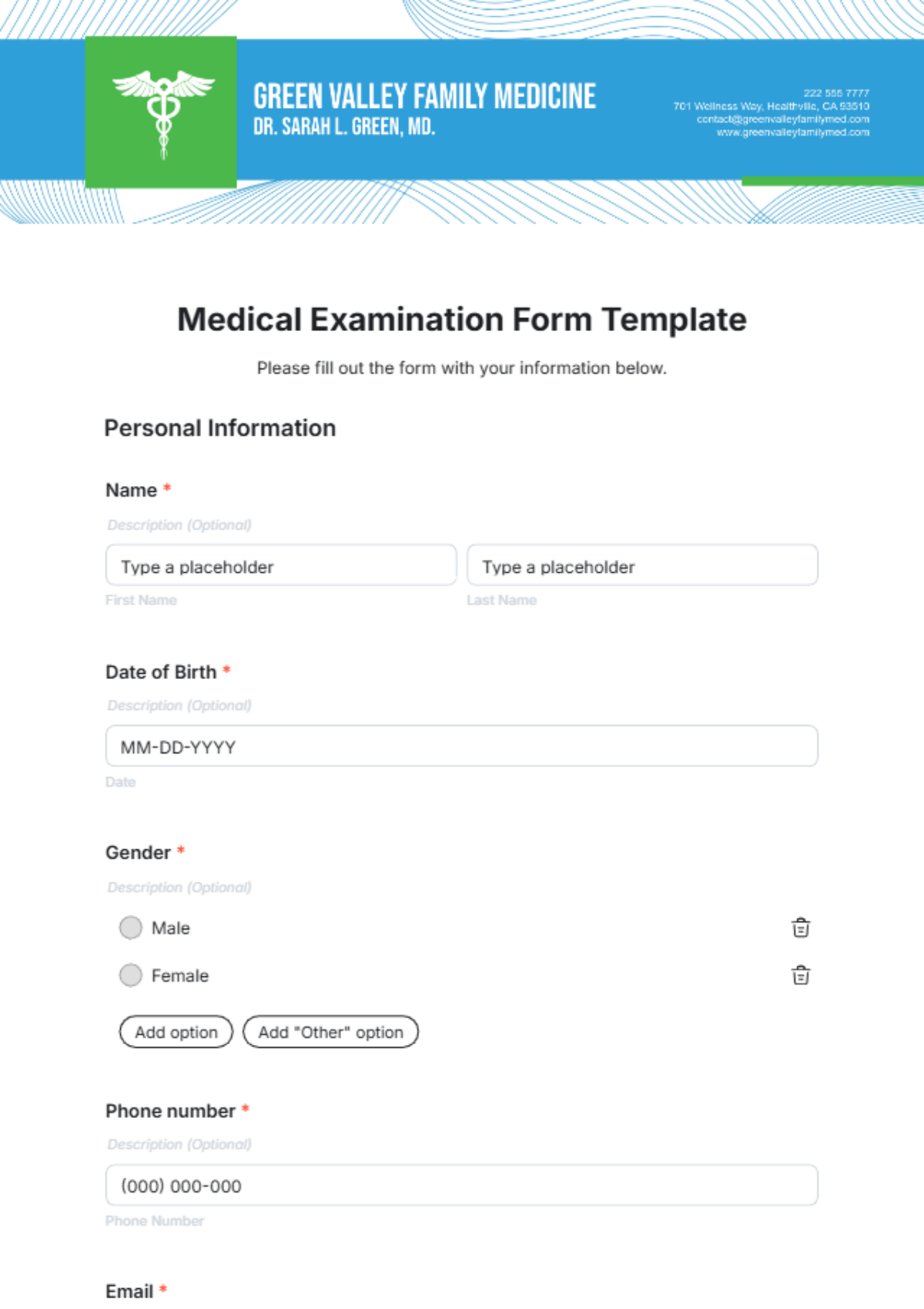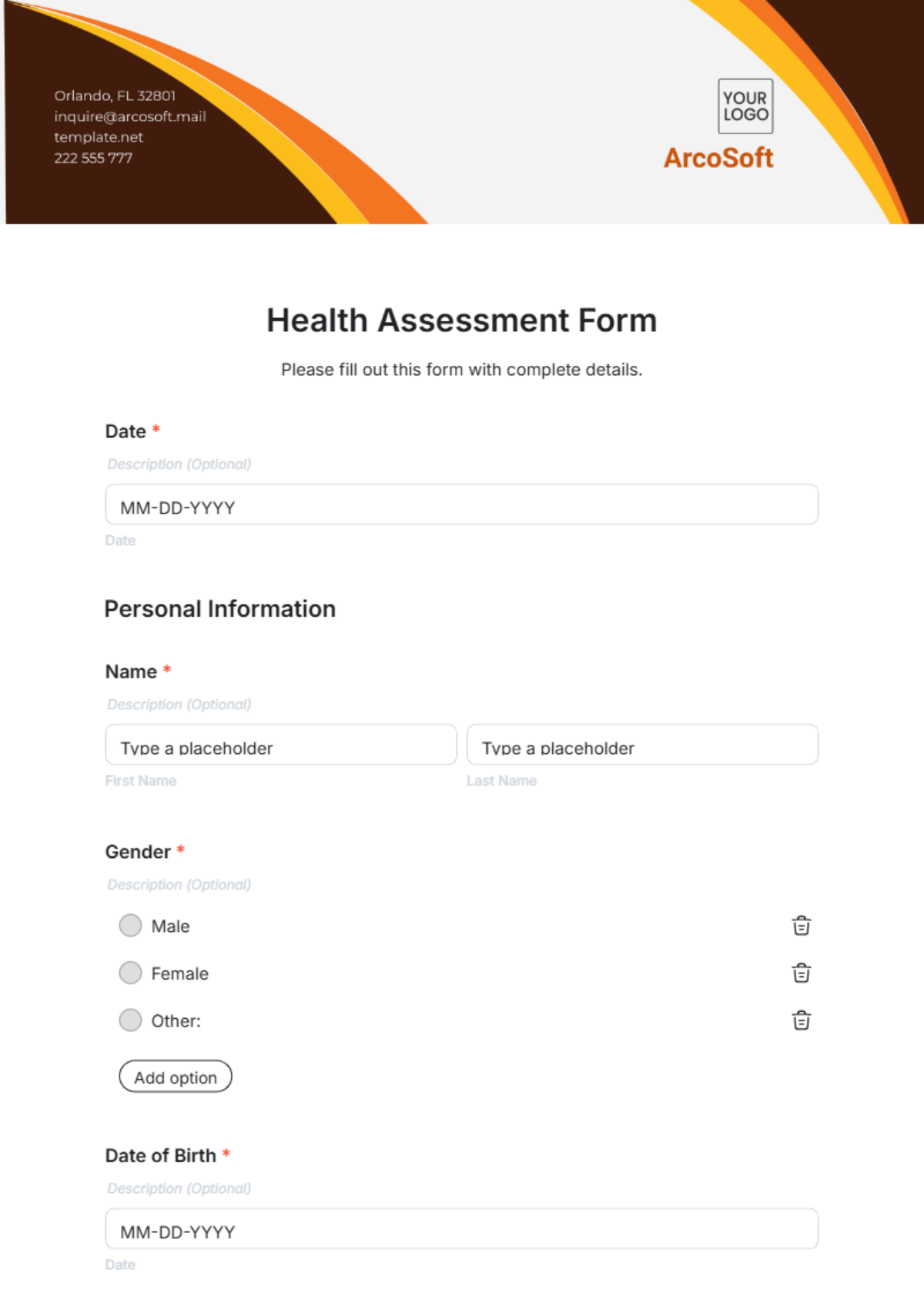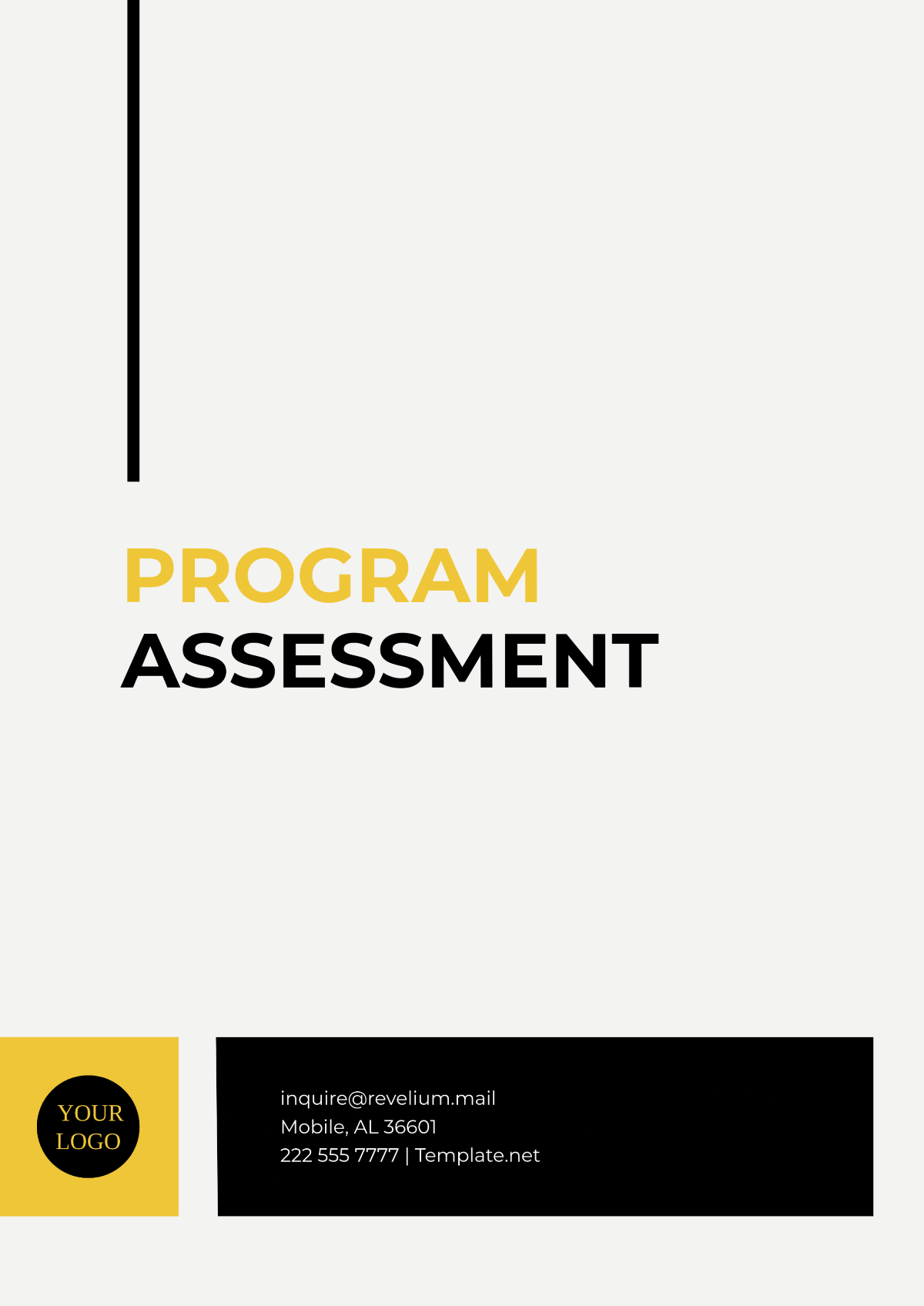Pollution Risk Assessment Outline
1. Introduction
Purpose of the Risk Assessment: Define the purpose and scope of the assessment.
Project Overview: Brief description of the project or activity being assessed.
Regulatory Framework: Reference relevant regulations and guidelines governing pollution risk.
Assessment Methodology: Outline the approach used in the risk assessment (e.g., qualitative or quantitative analysis).
2. Project Description
Location and Site Details: Description of the site location, size, and relevant environmental features.
Activities and Operations: Overview of activities that could potentially cause pollution (e.g., industrial processes, waste disposal).
Pollution Sources: Identify potential sources of pollution (e.g., air, water, land, noise).
Pollution Pathways: Describe how pollutants could travel through the environment (e.g., air dispersion, runoff, groundwater migration).
3. Environmental Sensitivity
Affected Ecosystems and Habitats: Identify and describe sensitive areas that could be impacted by pollution (e.g., rivers, wetlands, protected species).
Human Exposure Risks: Evaluate risks to human health (e.g., workers, nearby residents) from pollution exposure.
Vulnerable Populations: Consider vulnerable groups that may be at higher risk (e.g., children, elderly, individuals with pre-existing health conditions).
4. Pollution Sources Identification
Emission Sources: Identify any sources of emissions (e.g., smokestacks, machinery, vehicles).
Waste Management: Assess potential pollution from waste (e.g., chemical waste, effluents, solid waste).
Hazardous Materials: Identify any hazardous materials being handled or used that pose a risk.
5. Risk Analysis
Likelihood of Pollution Occurrence: Evaluate the probability of different types of pollution events (e.g., accidental spills, routine emissions).
Severity of Impact: Assess the potential consequences of pollution on the environment, health, and the community.
Risk Matrix: Use a risk matrix to categorize the risks based on likelihood and impact severity.
Existing Mitigation Measures: Review current controls and prevention measures in place.
6. Risk Evaluation
Acceptable Risk Levels: Define acceptable risk levels based on regulatory standards and best practices.
Risk Prioritization: Rank the identified risks by severity and likelihood to determine the focus areas for mitigation.
Impact Assessment: Provide a detailed assessment of how each risk could affect the environment and health.
7. Mitigation and Control Measures
Pollution Prevention Plans: Propose measures to reduce or eliminate pollution sources.
Technology and Equipment: Recommend appropriate technology or equipment for pollution control (e.g., filters, scrubbers, containment systems).
Operational Controls: Outline operational procedures to minimize pollution (e.g., waste segregation, proper disposal methods).
Emergency Response Plans: Develop plans for responding to accidental pollution events or spills.
8. Monitoring and Reporting
Monitoring Strategy: Describe how pollution levels will be monitored over time (e.g., air quality, water sampling).
Reporting Mechanisms: Outline how monitoring data will be reported to stakeholders (e.g., regulatory bodies, public reports).
Review and Improvement: Establish a framework for ongoing assessment and continuous improvement in pollution risk management.
9. Conclusion
Summary of Findings: Recap the key findings from the risk assessment.
Recommendations: Provide recommendations for mitigating risks and improving environmental protection.
Follow-up Actions: Outline any further actions or assessments needed post-implementation.
10. Appendices
Supporting Data: Include any data or research used in the assessment (e.g., environmental studies, monitoring reports).
Regulatory References: List applicable laws, regulations, and standards referenced in the assessment.
Risk Assessment Tools: Provide any risk matrices, formulas, or models used to assess risks.

